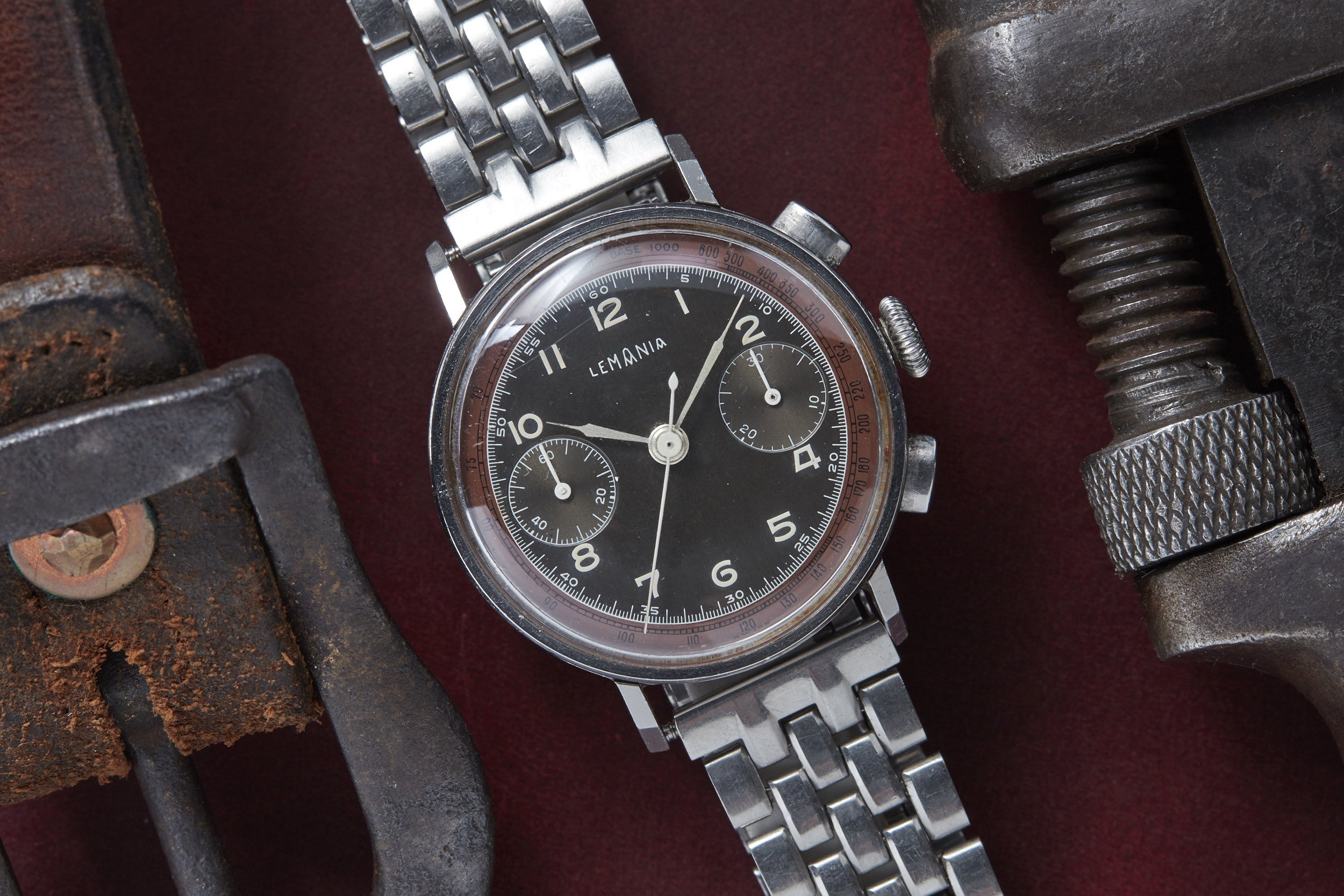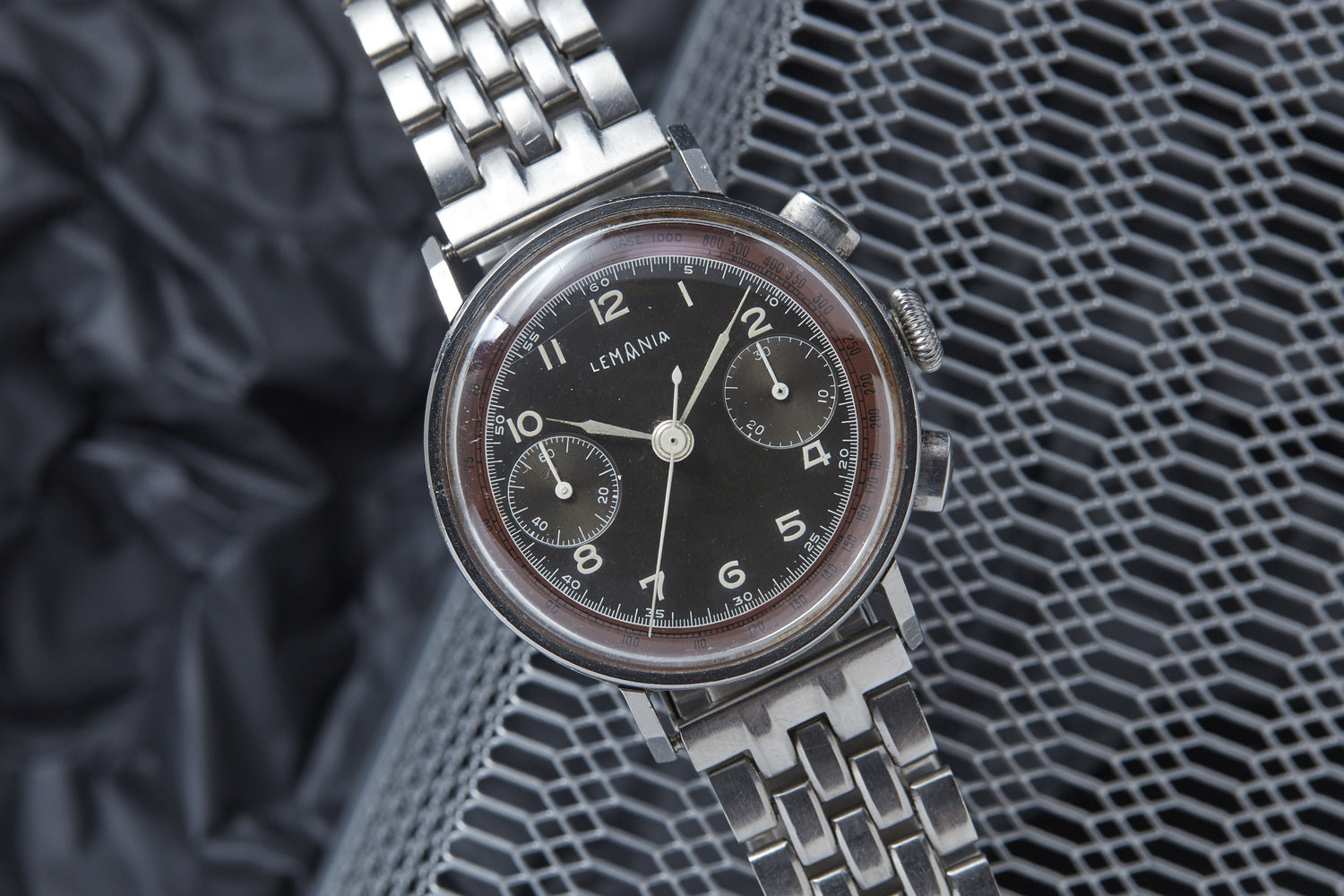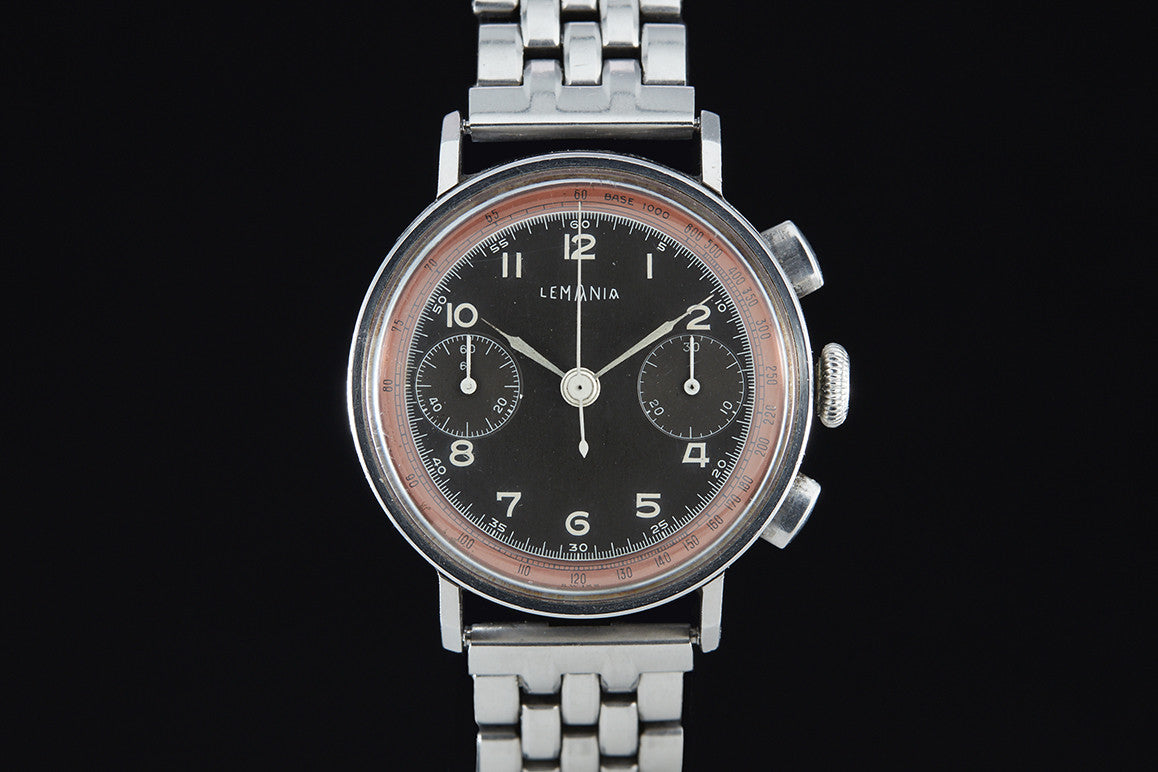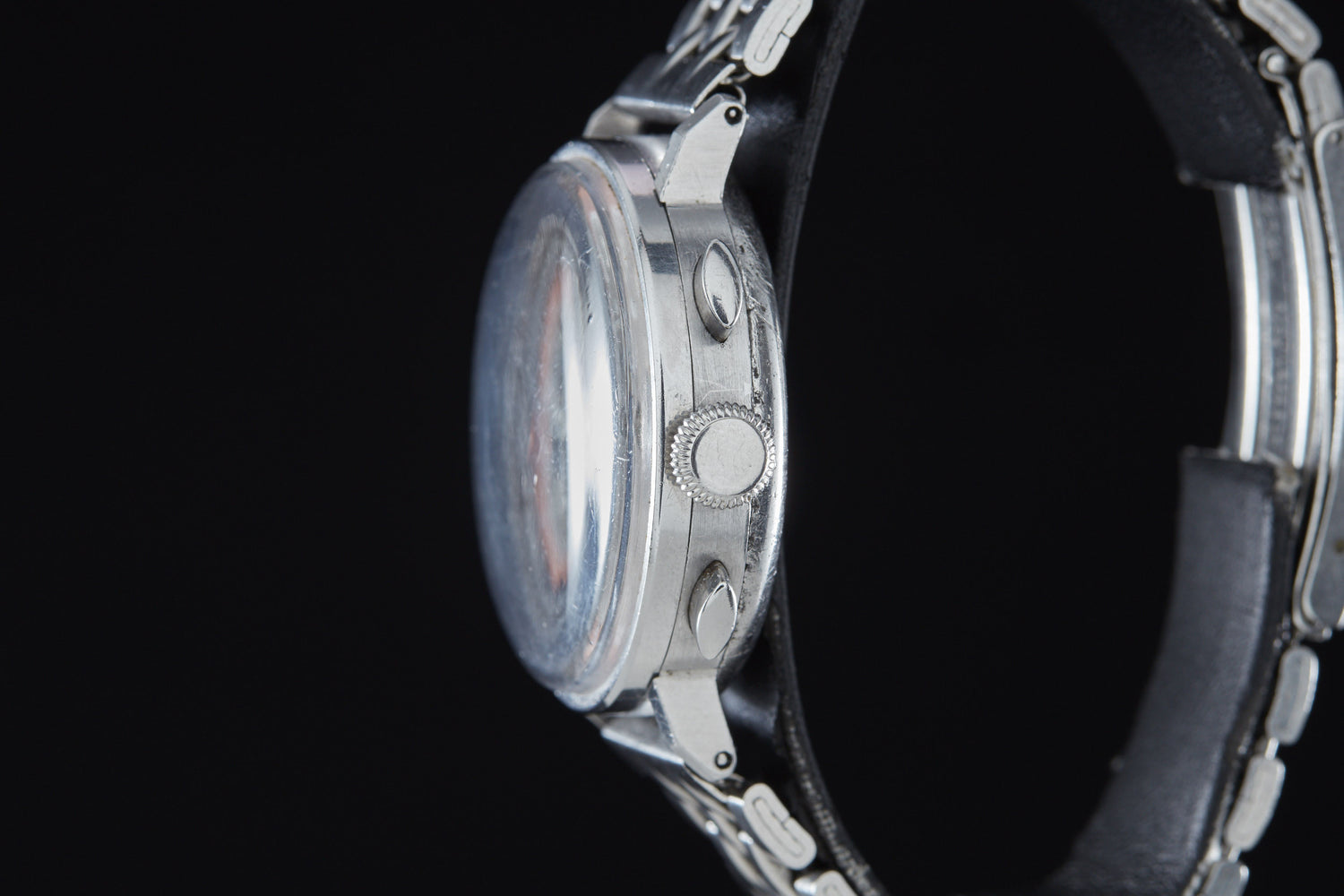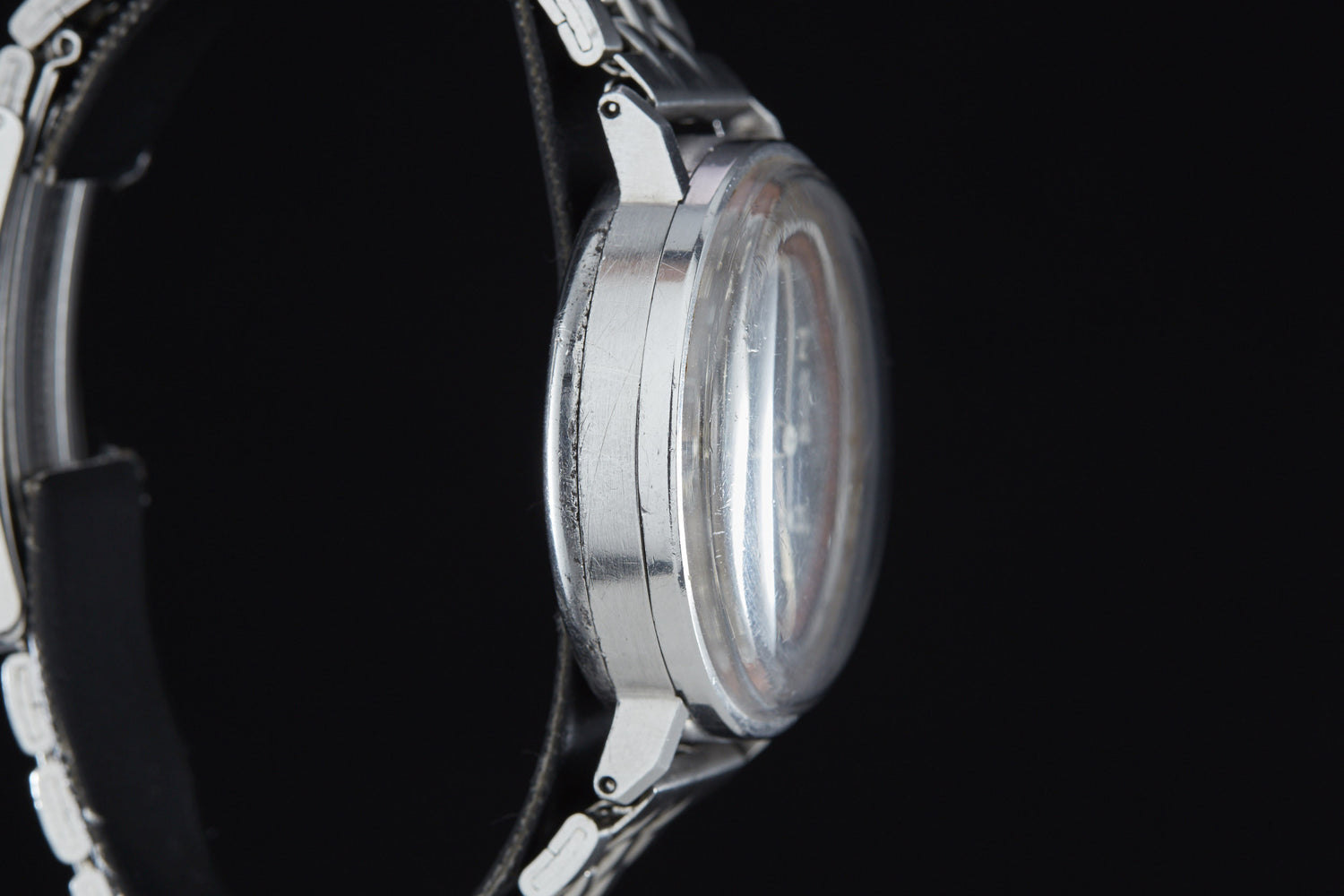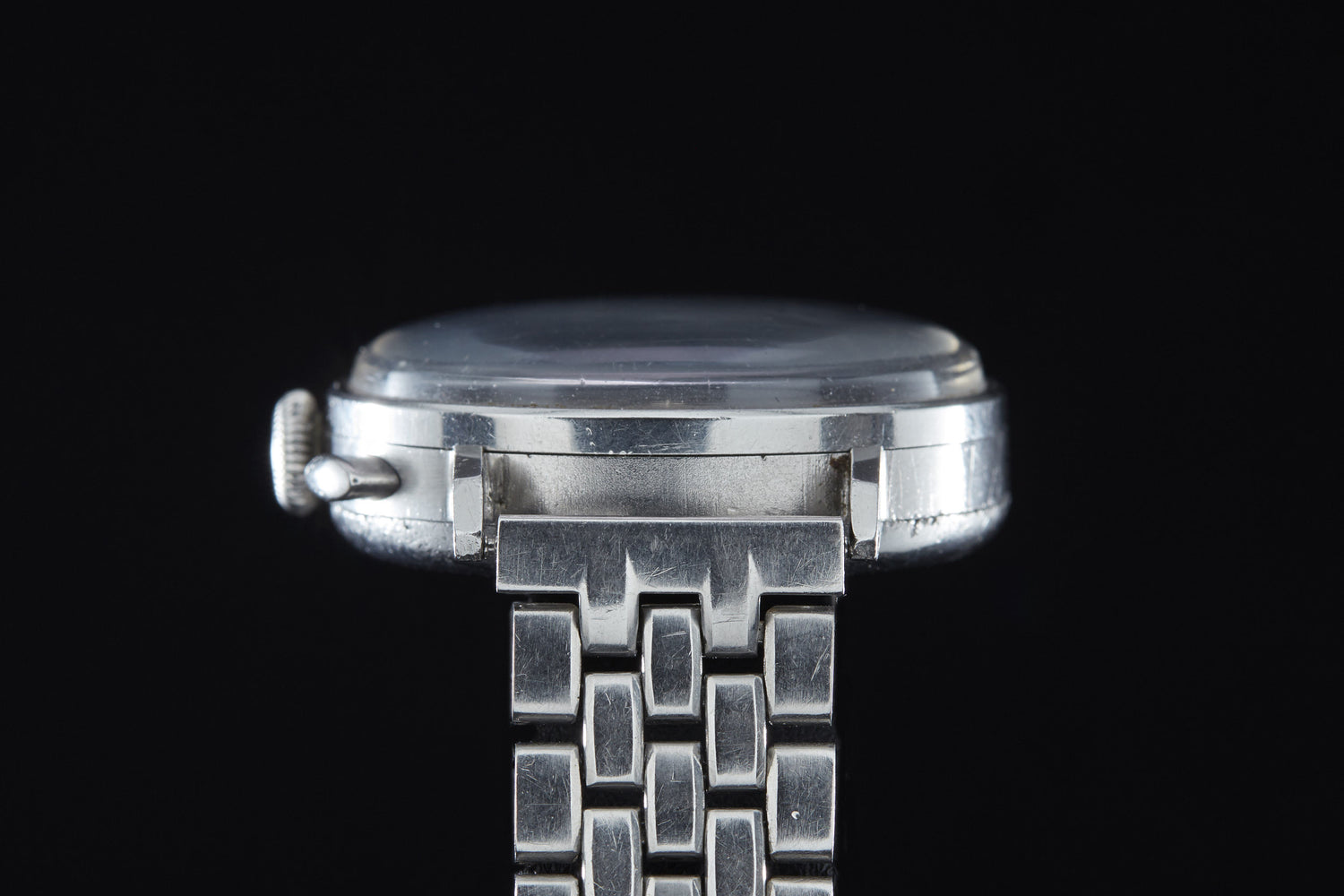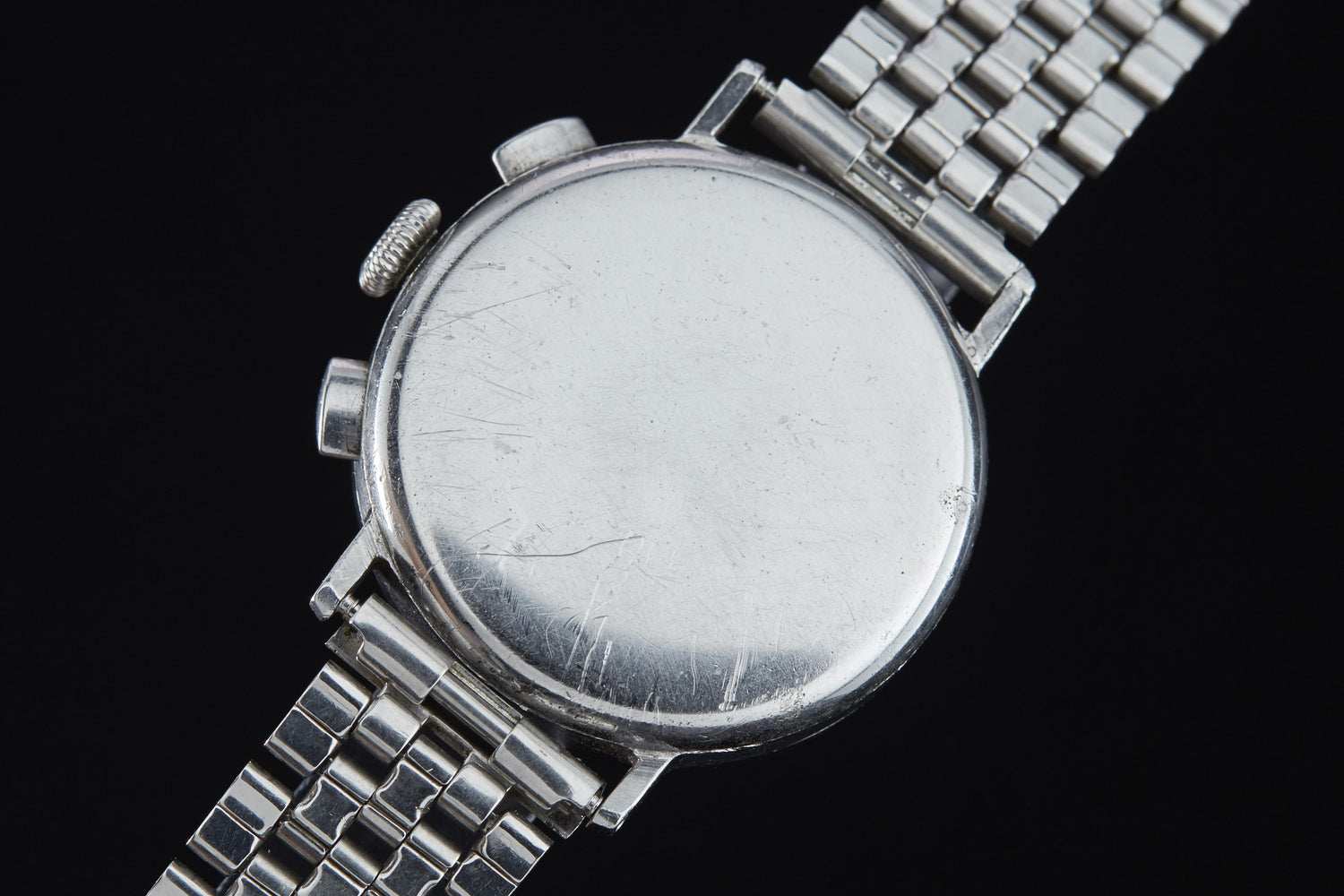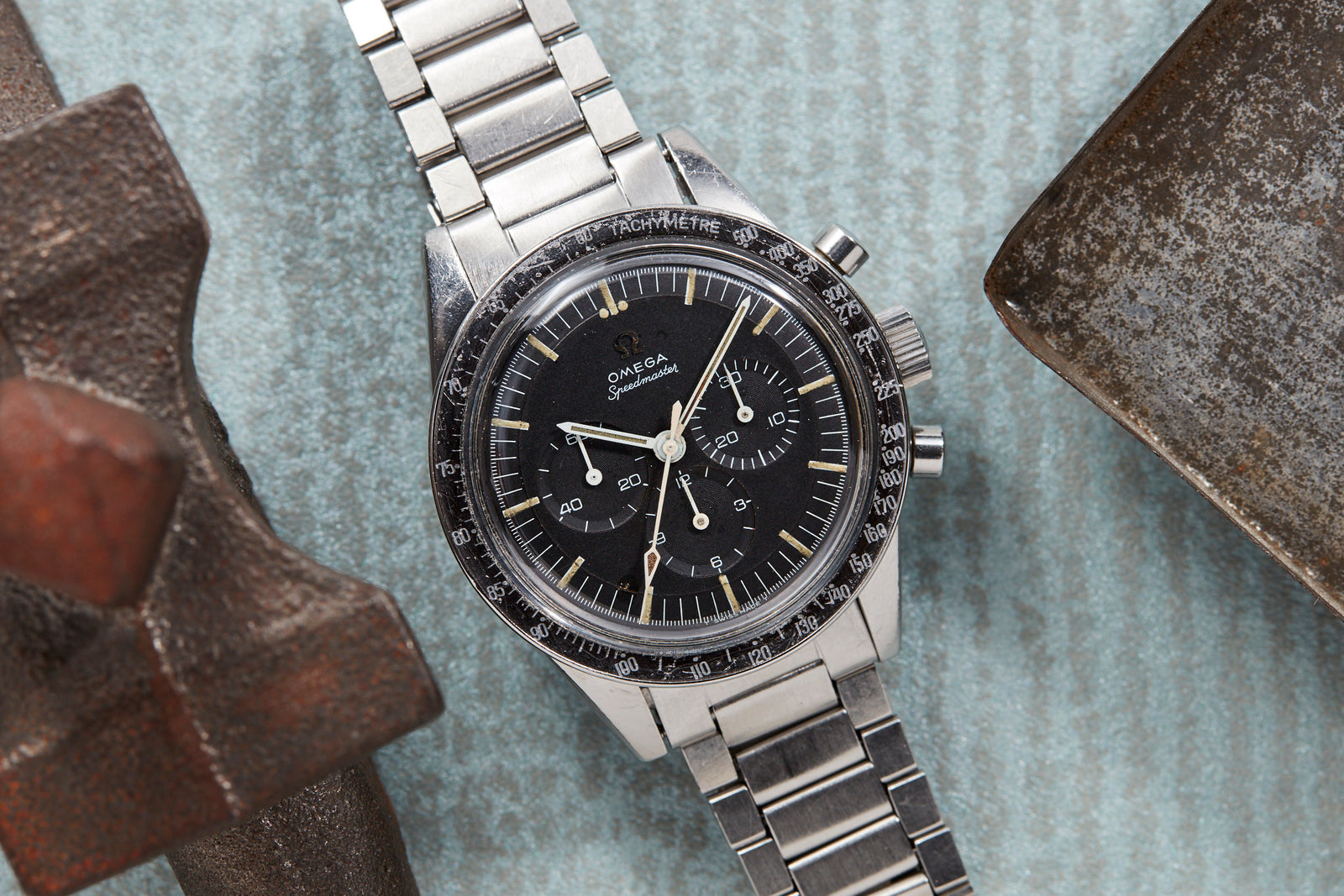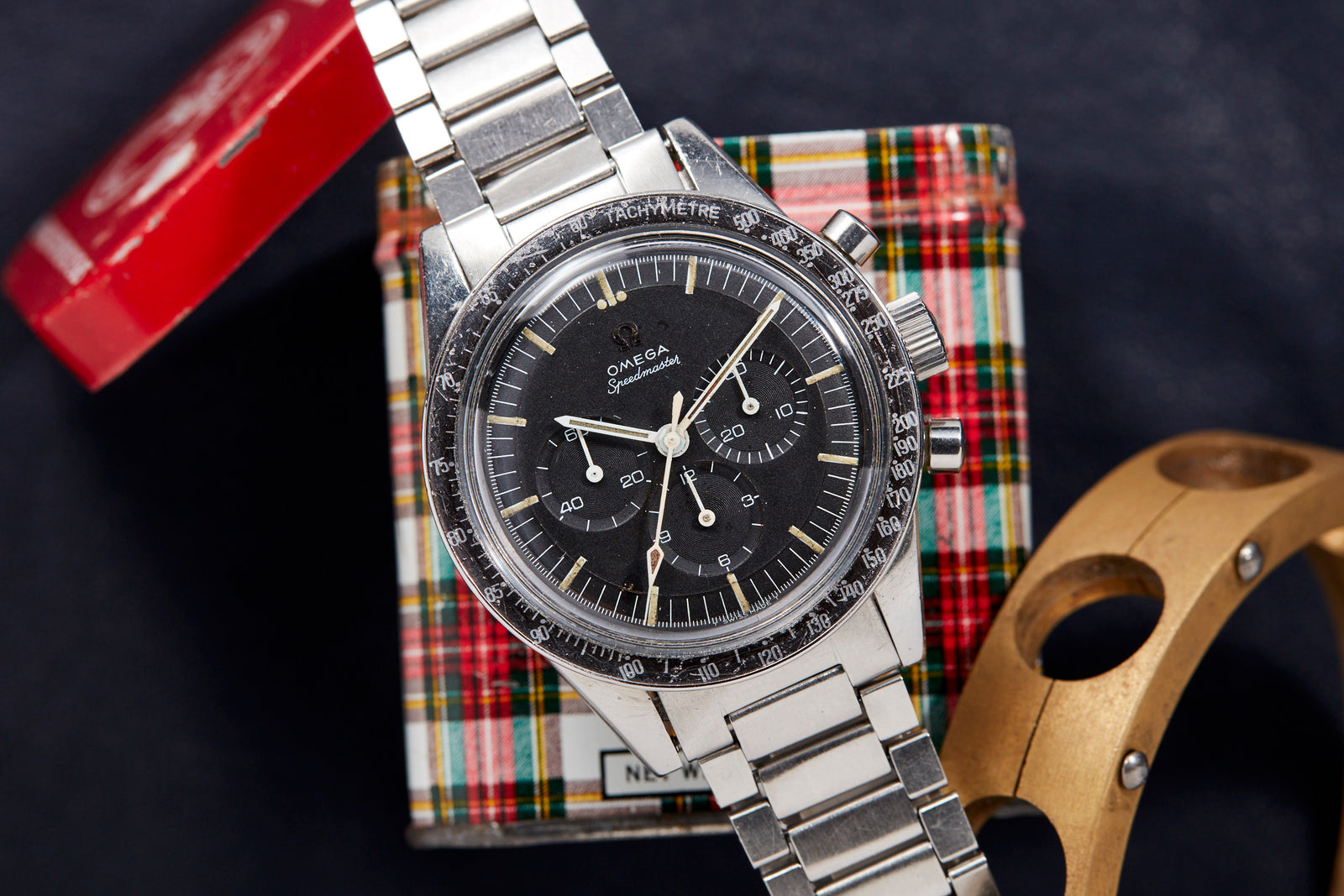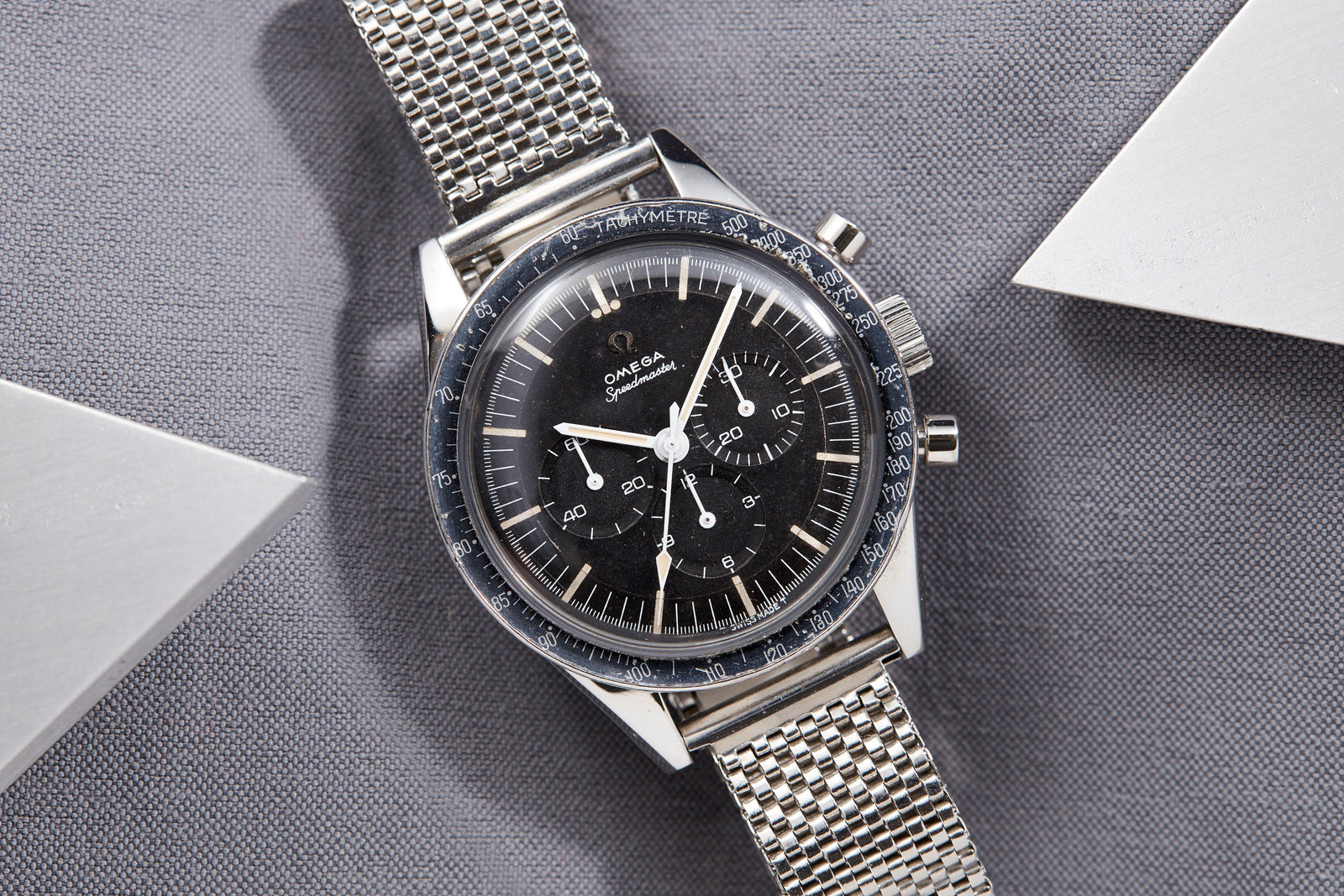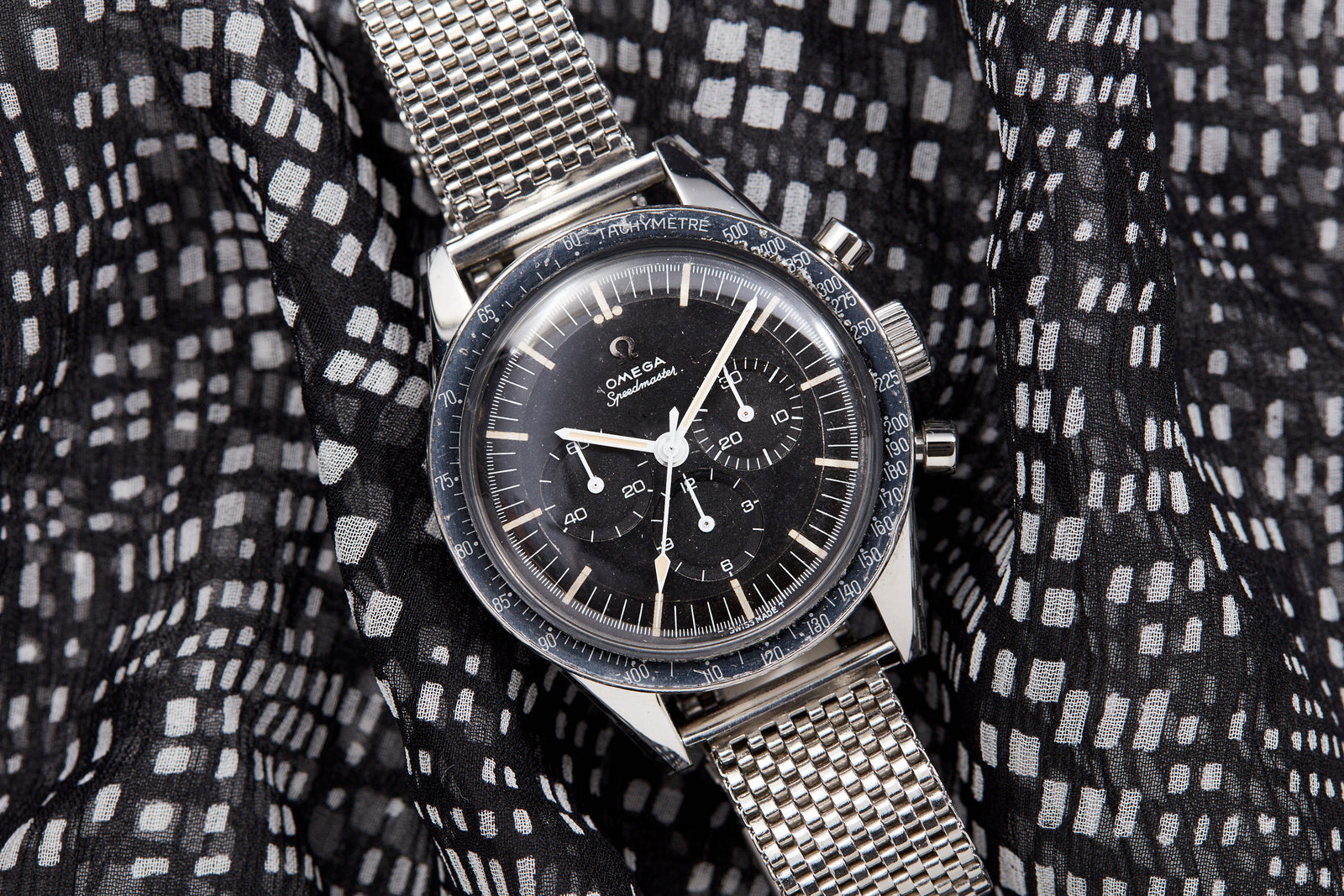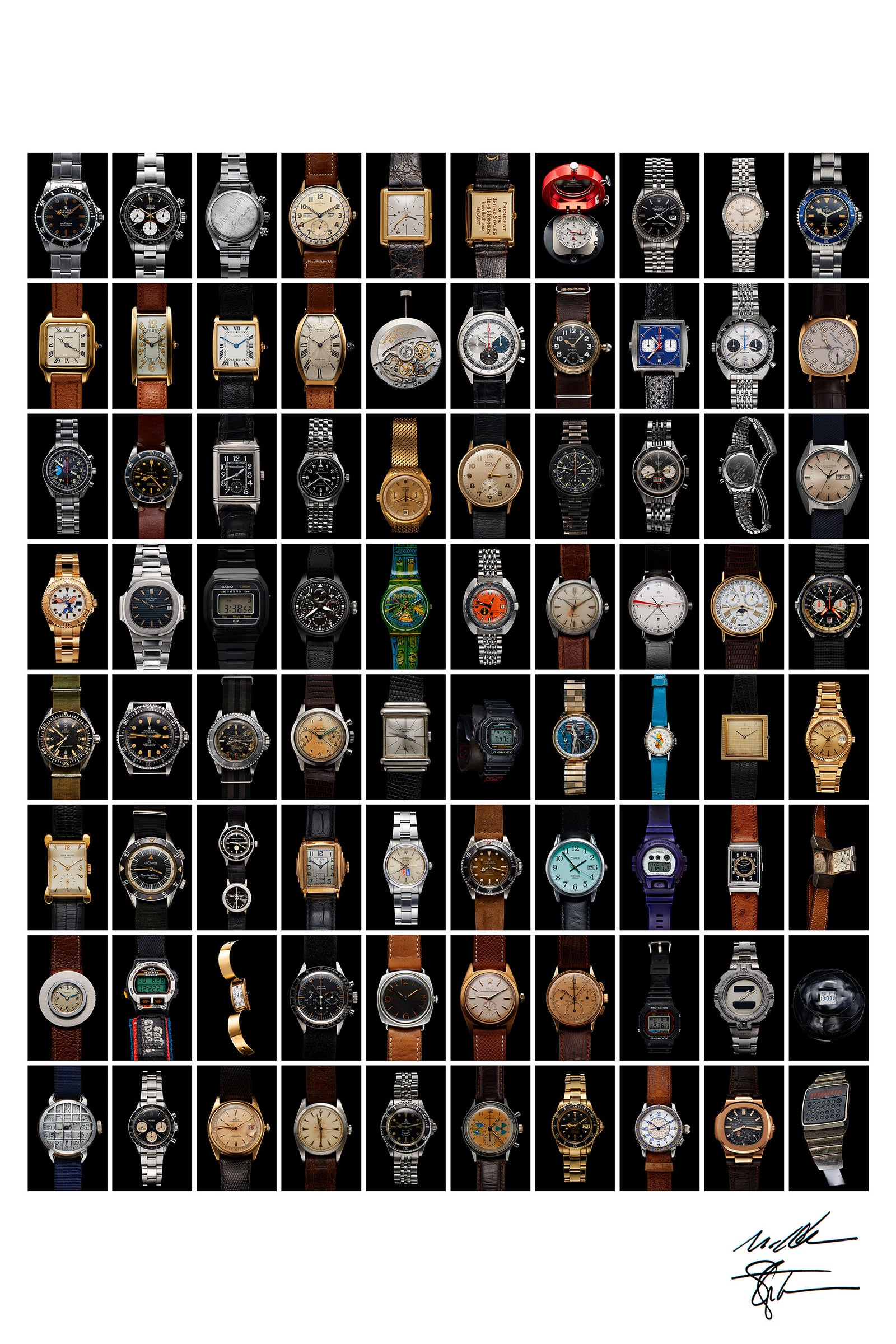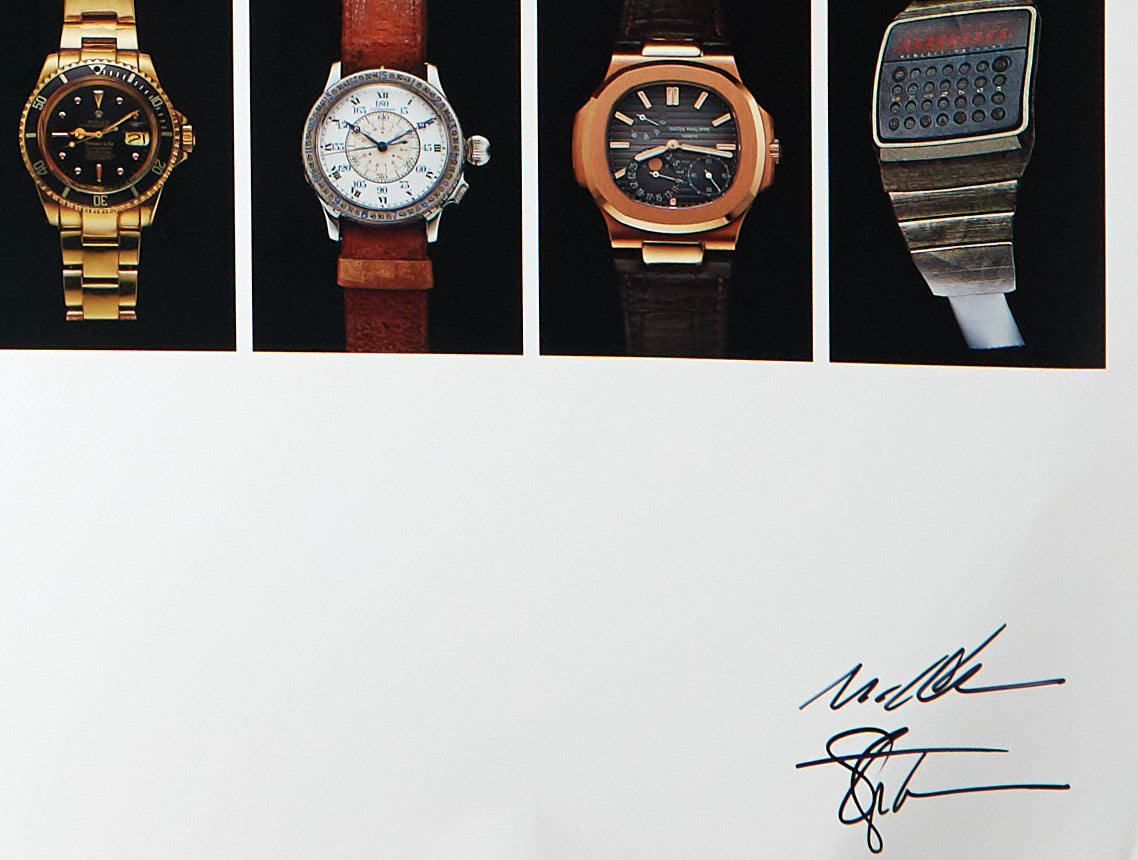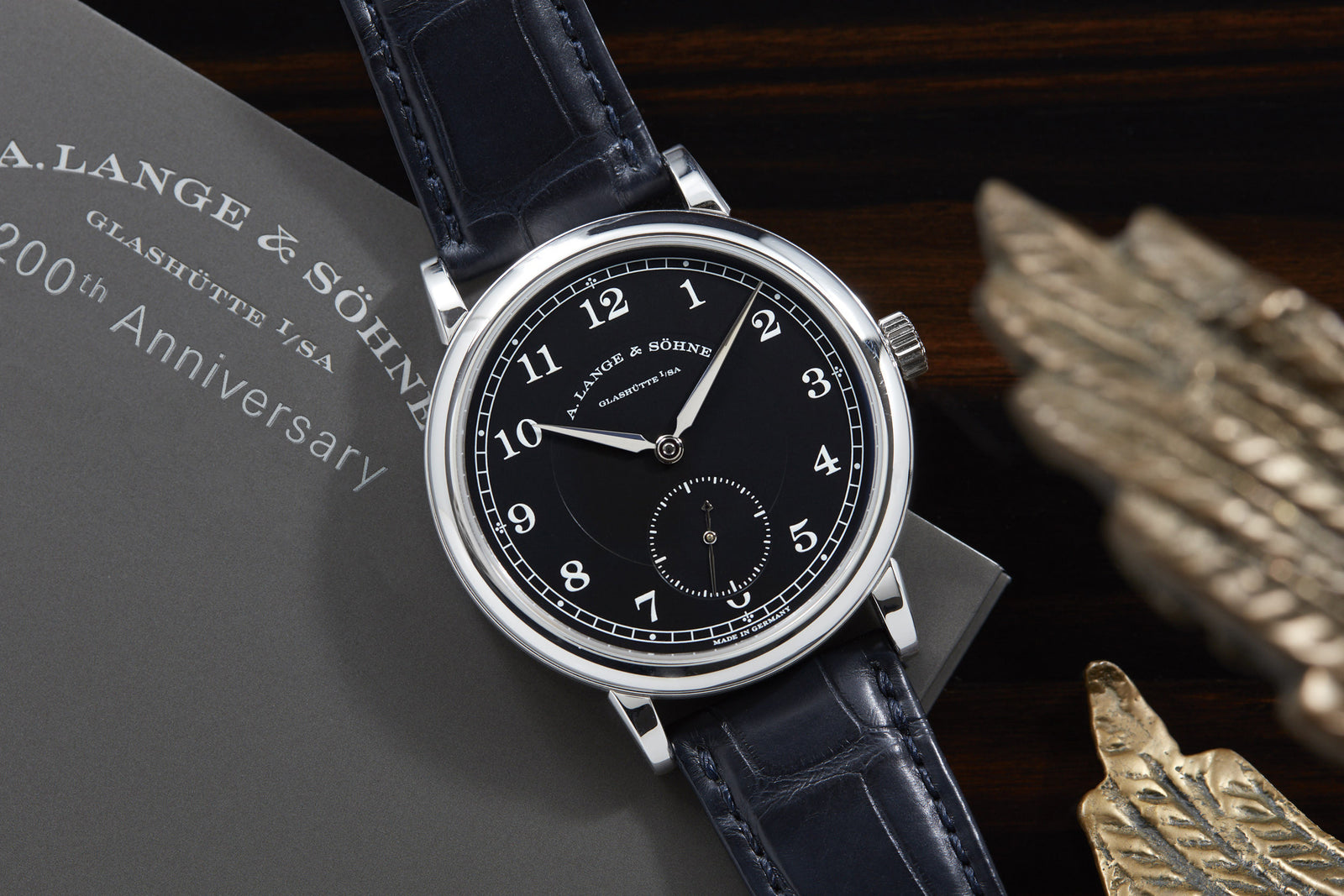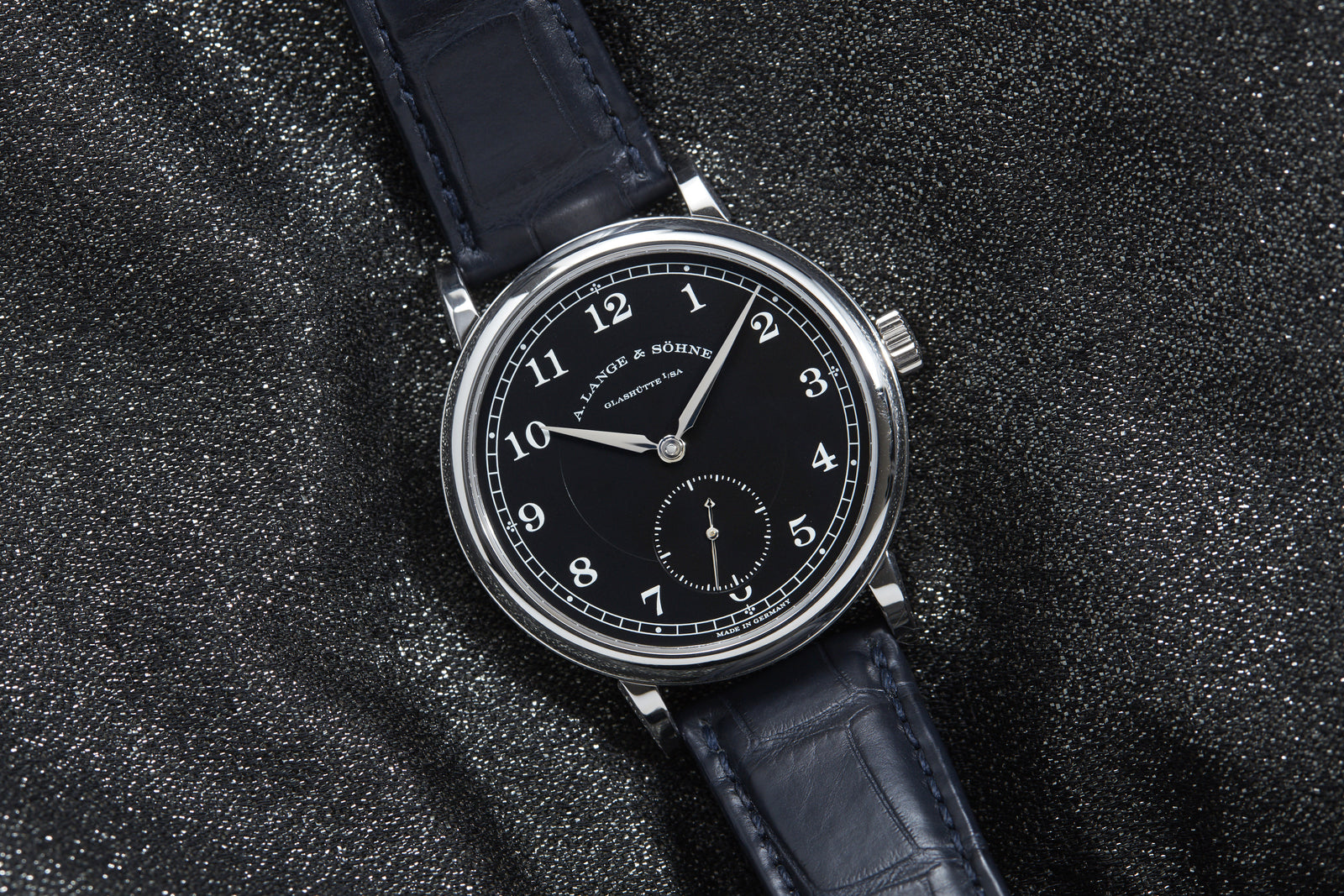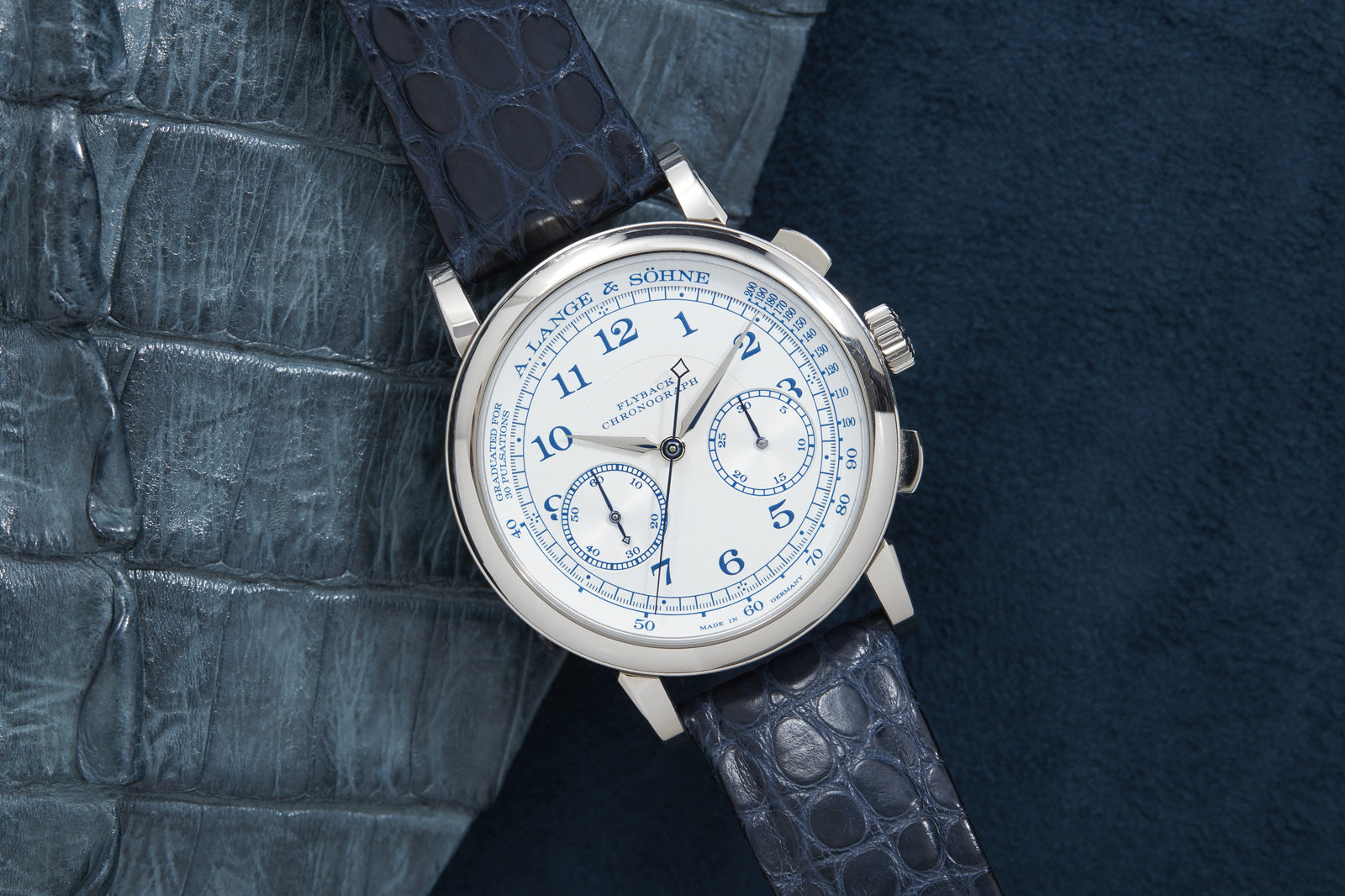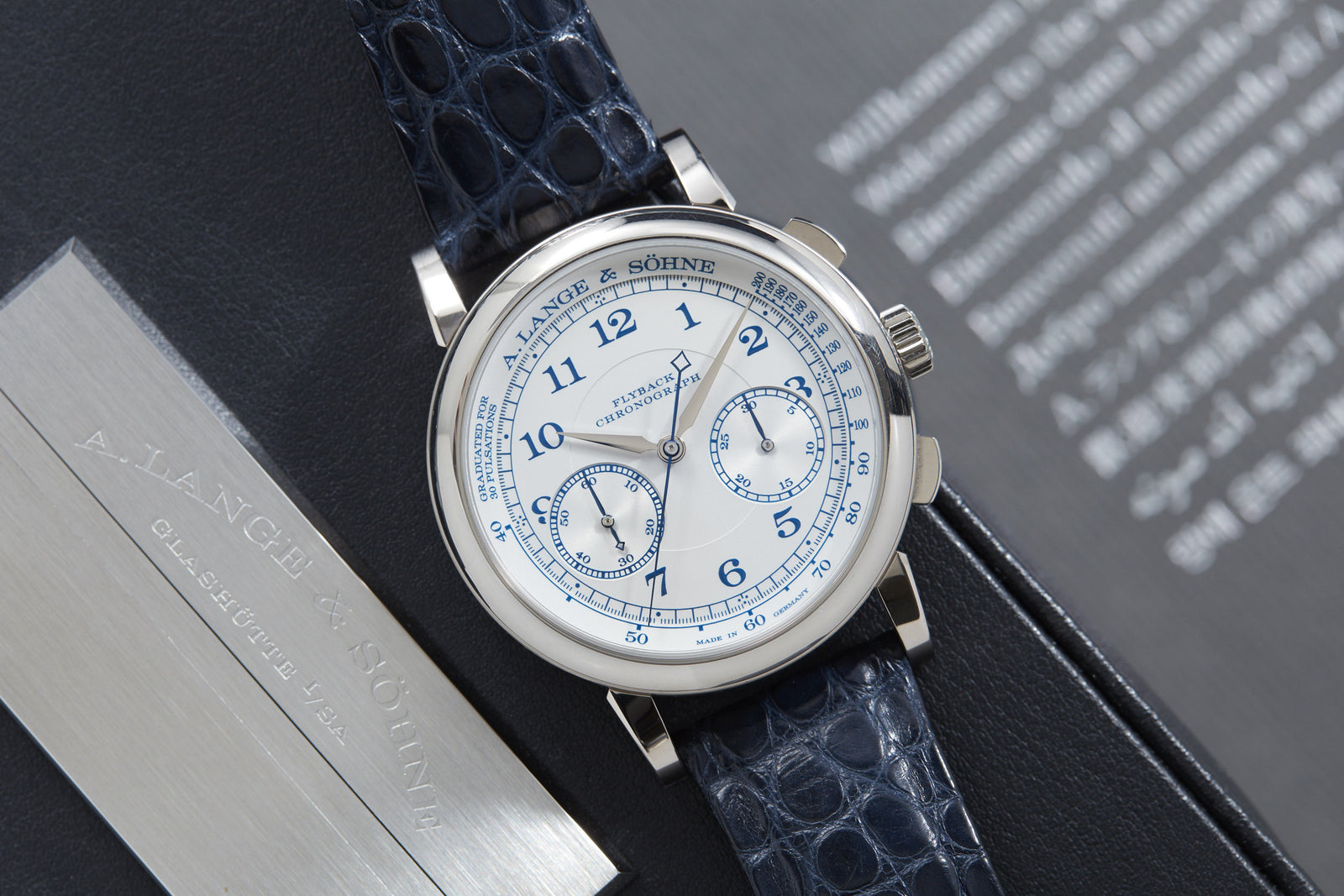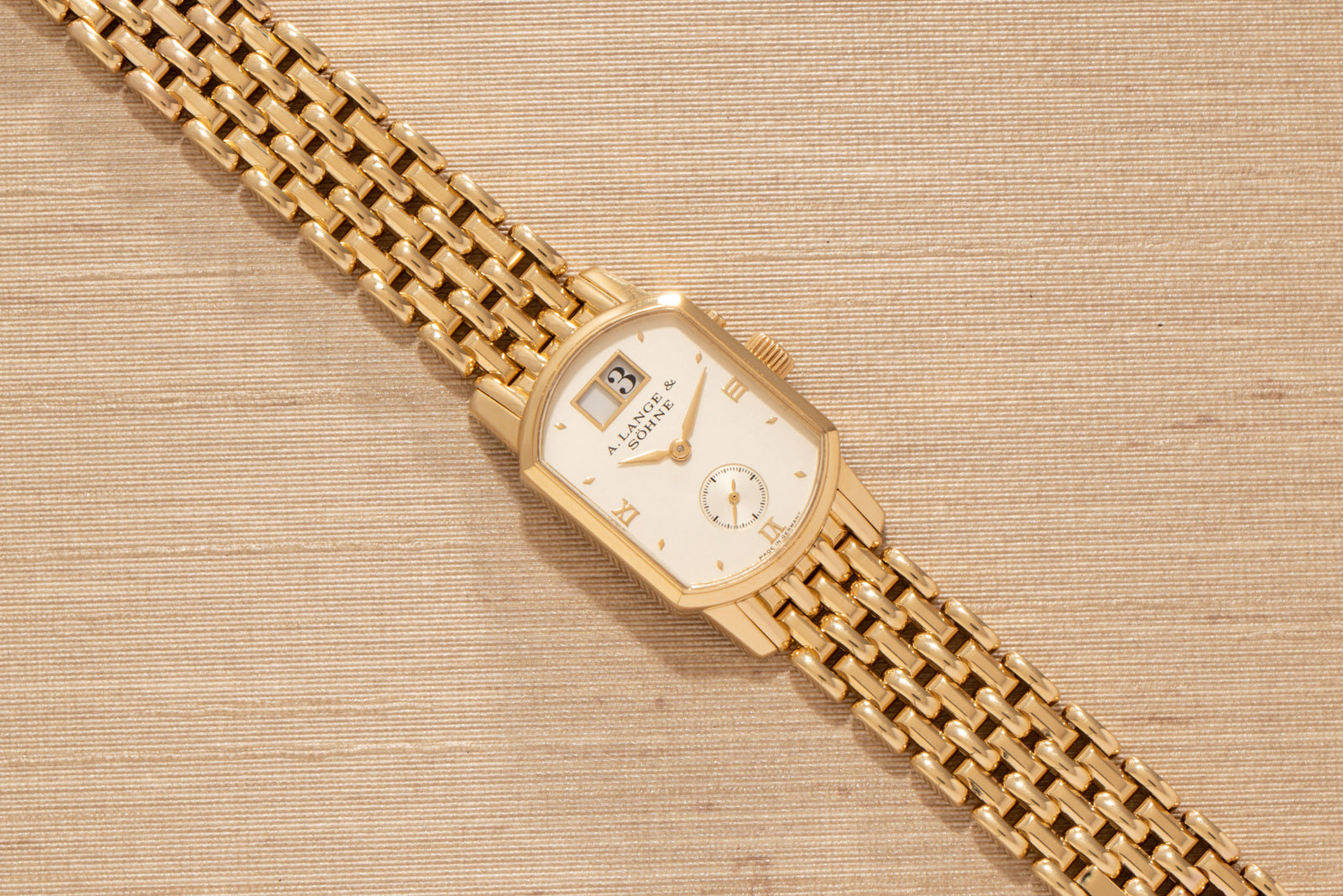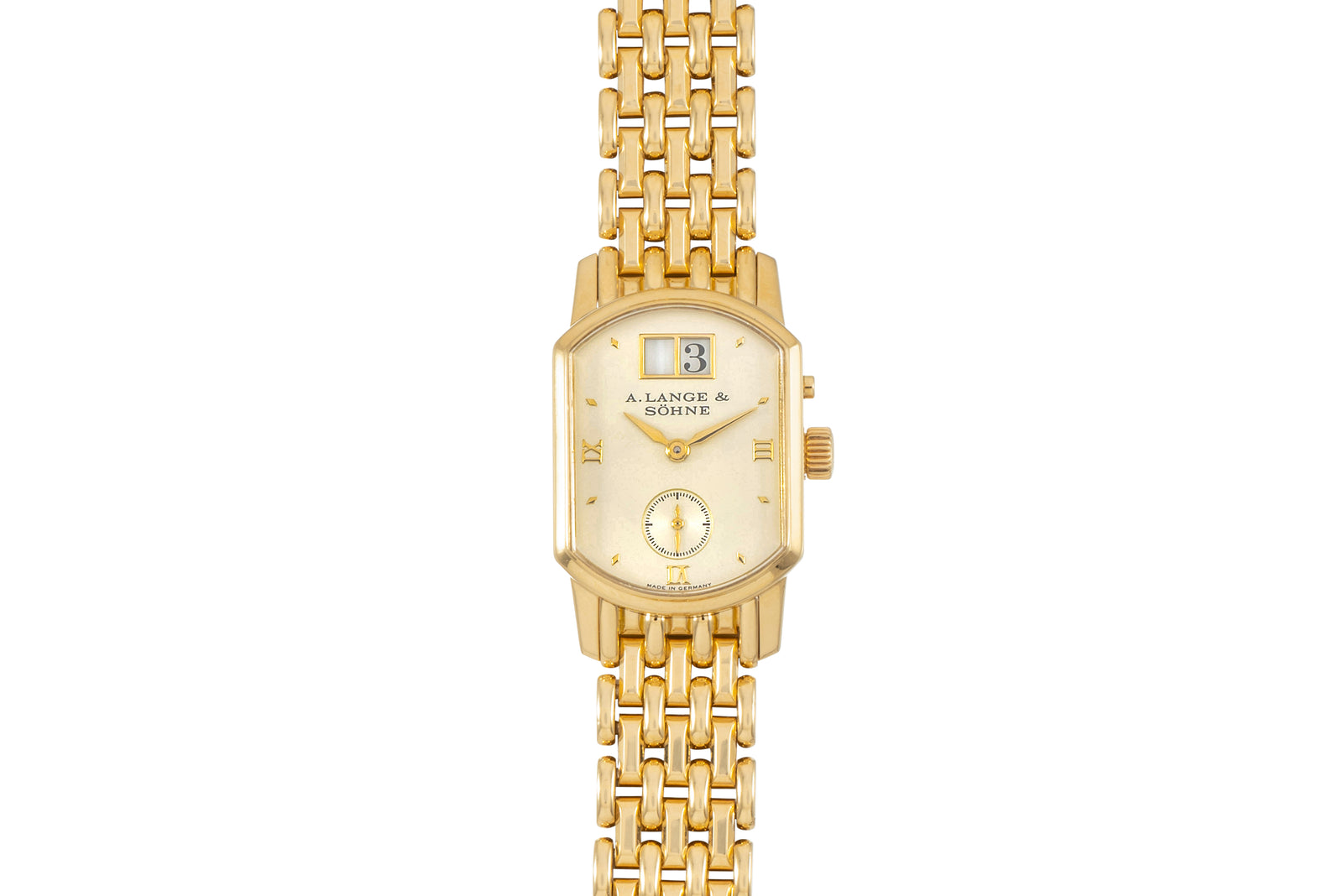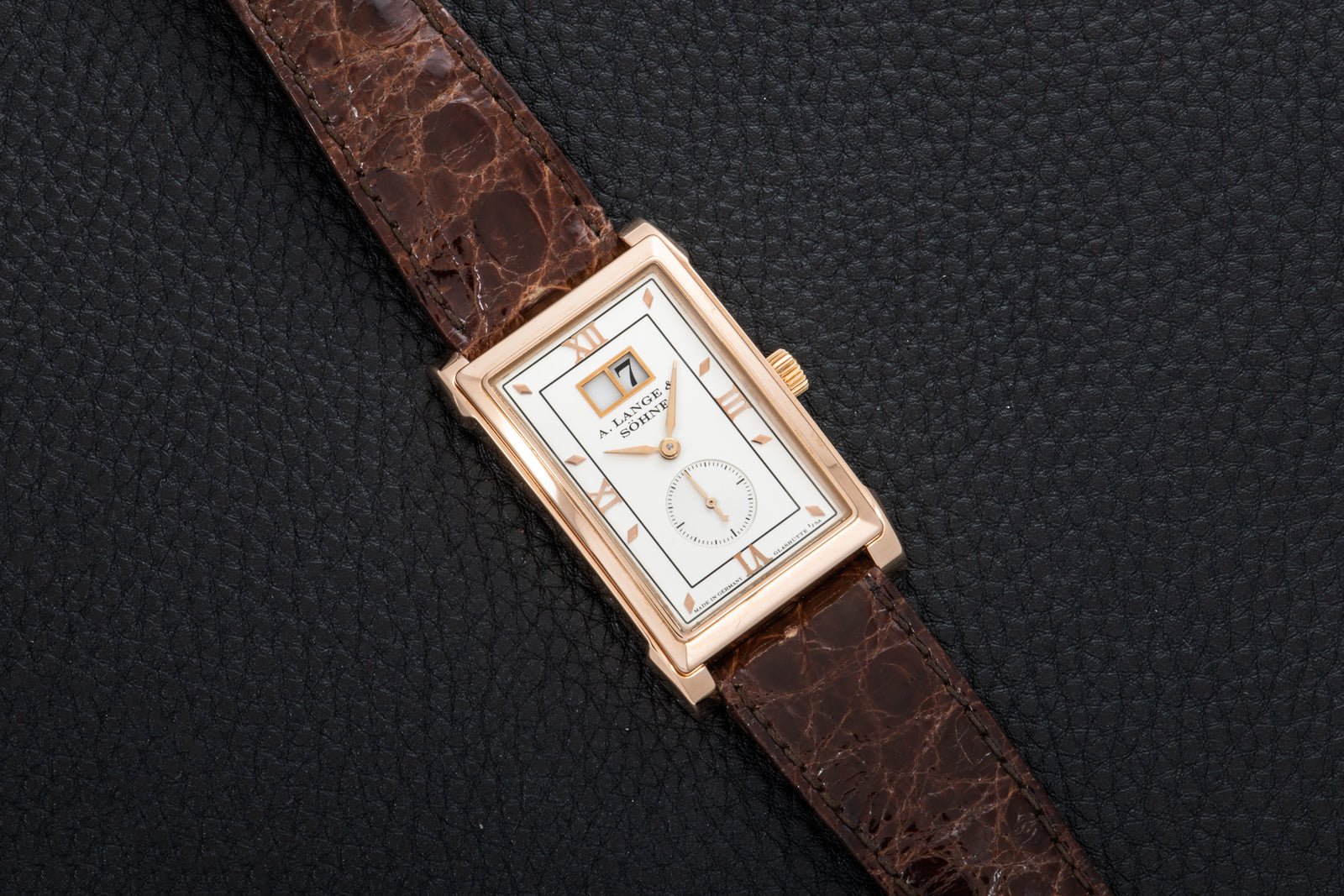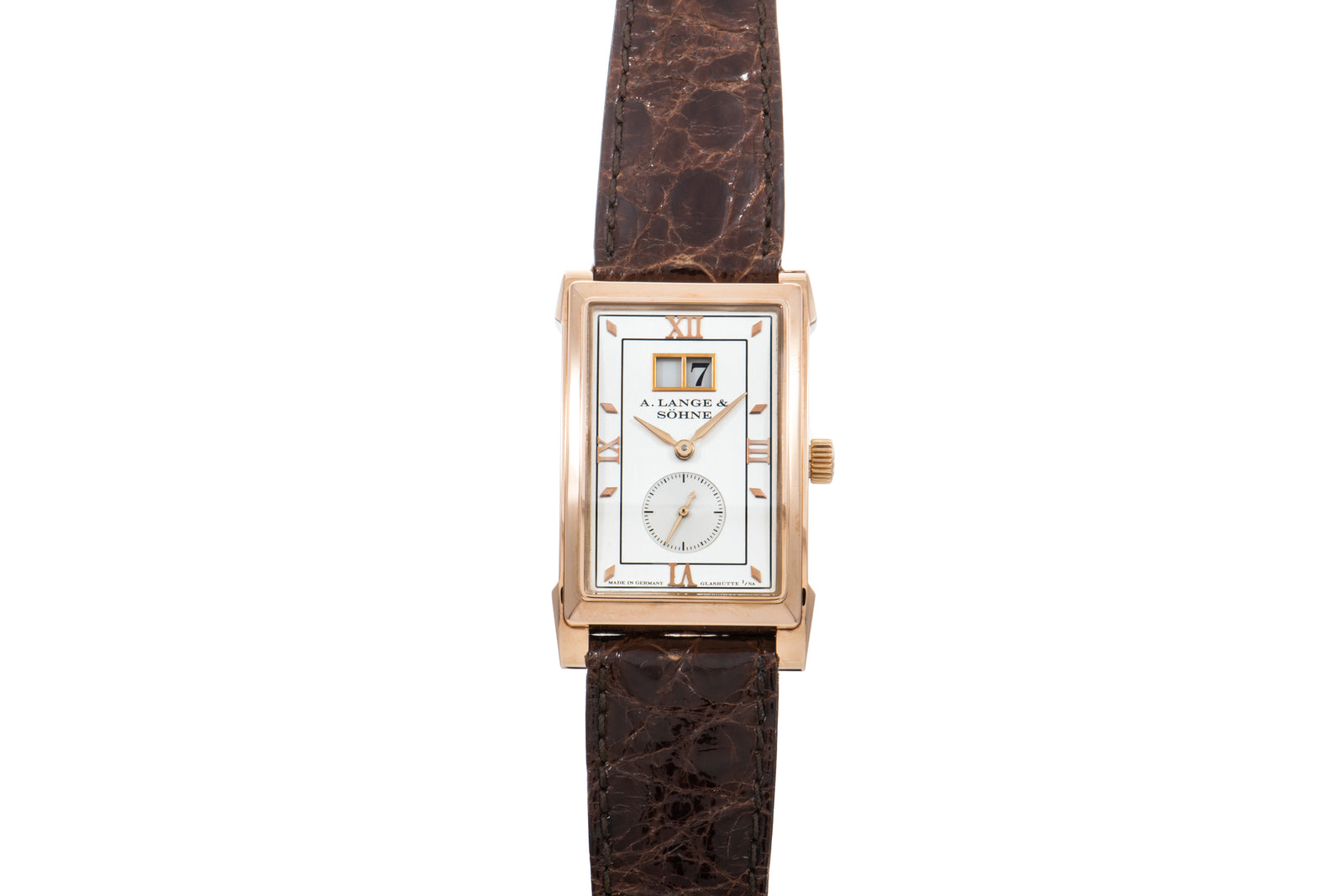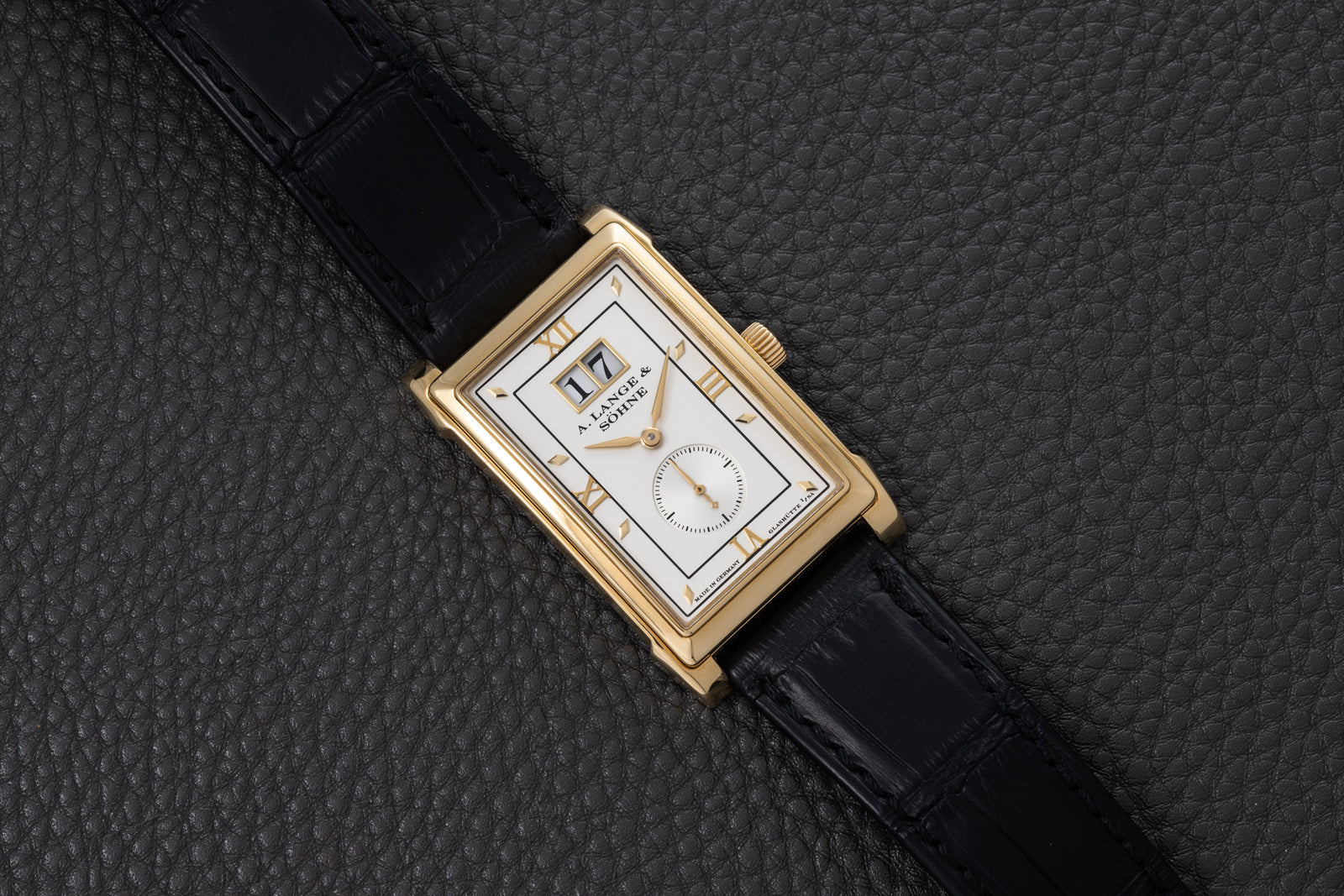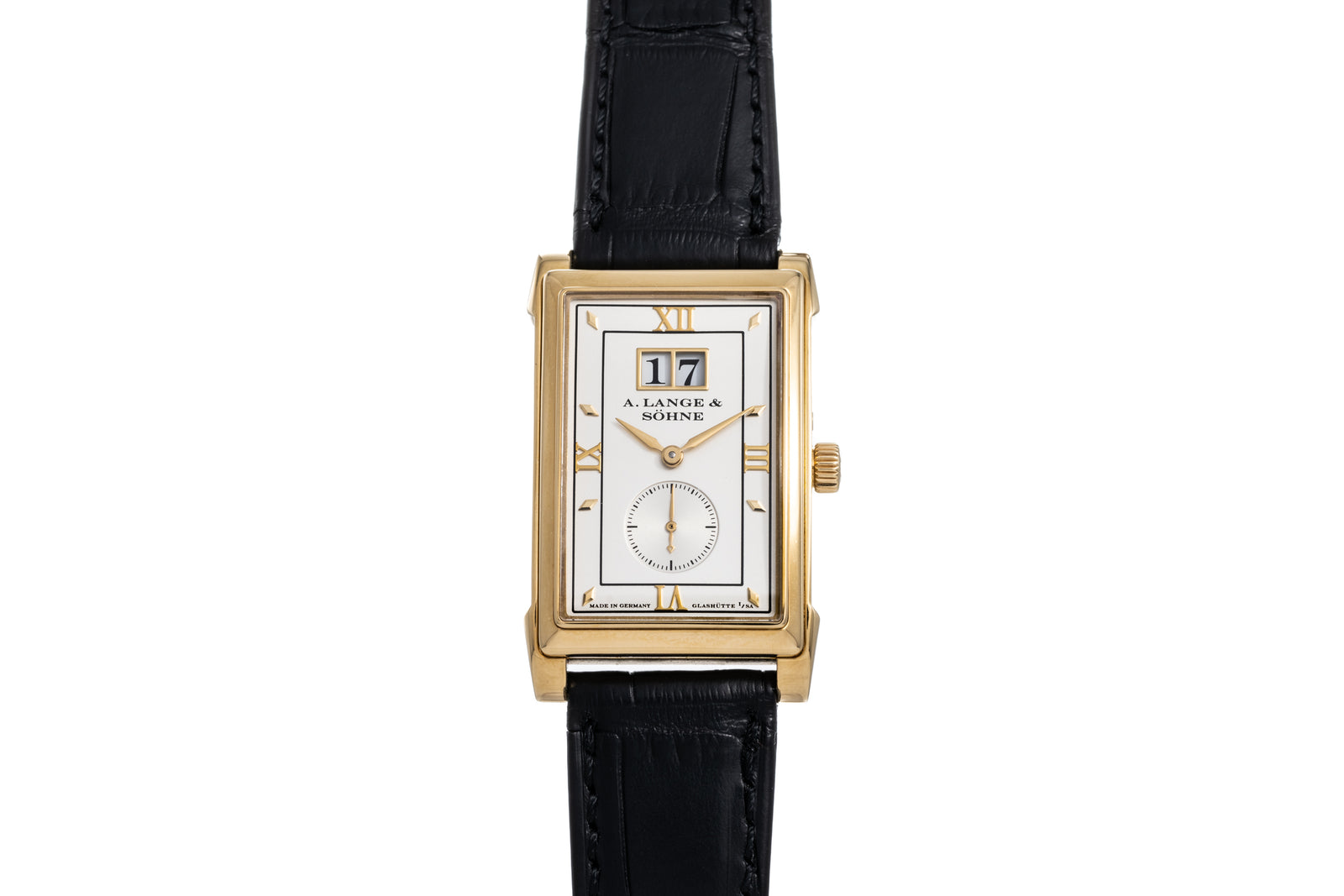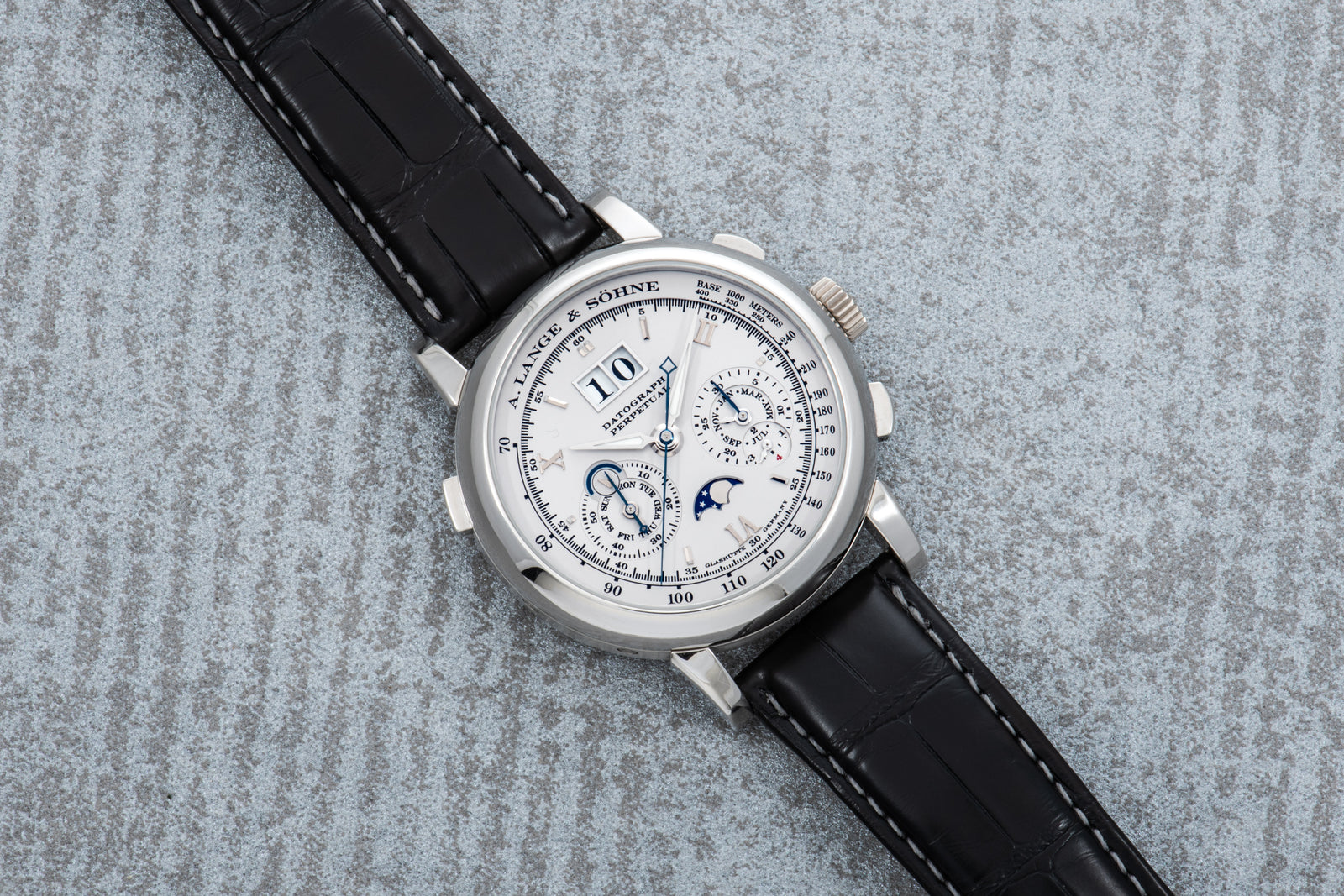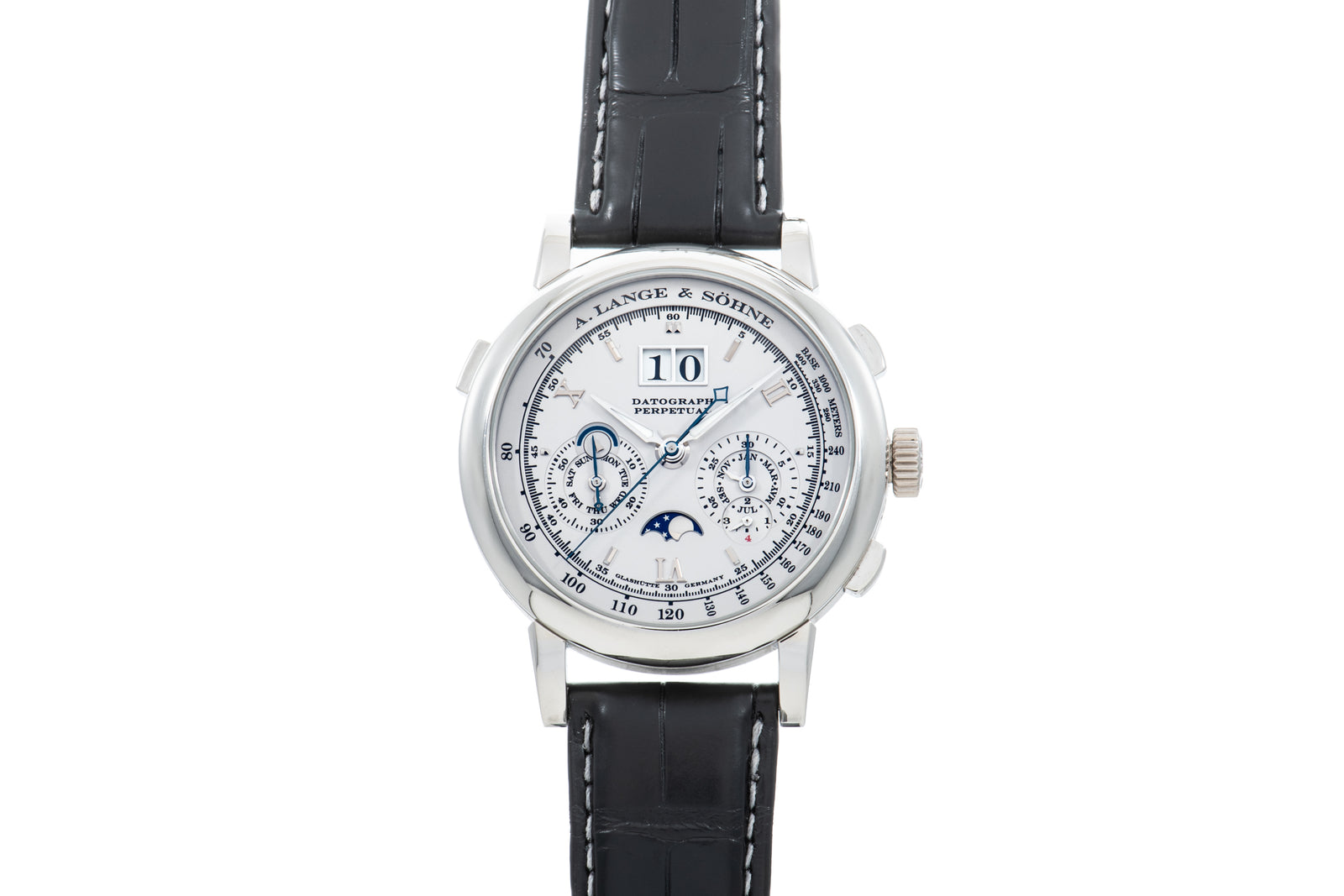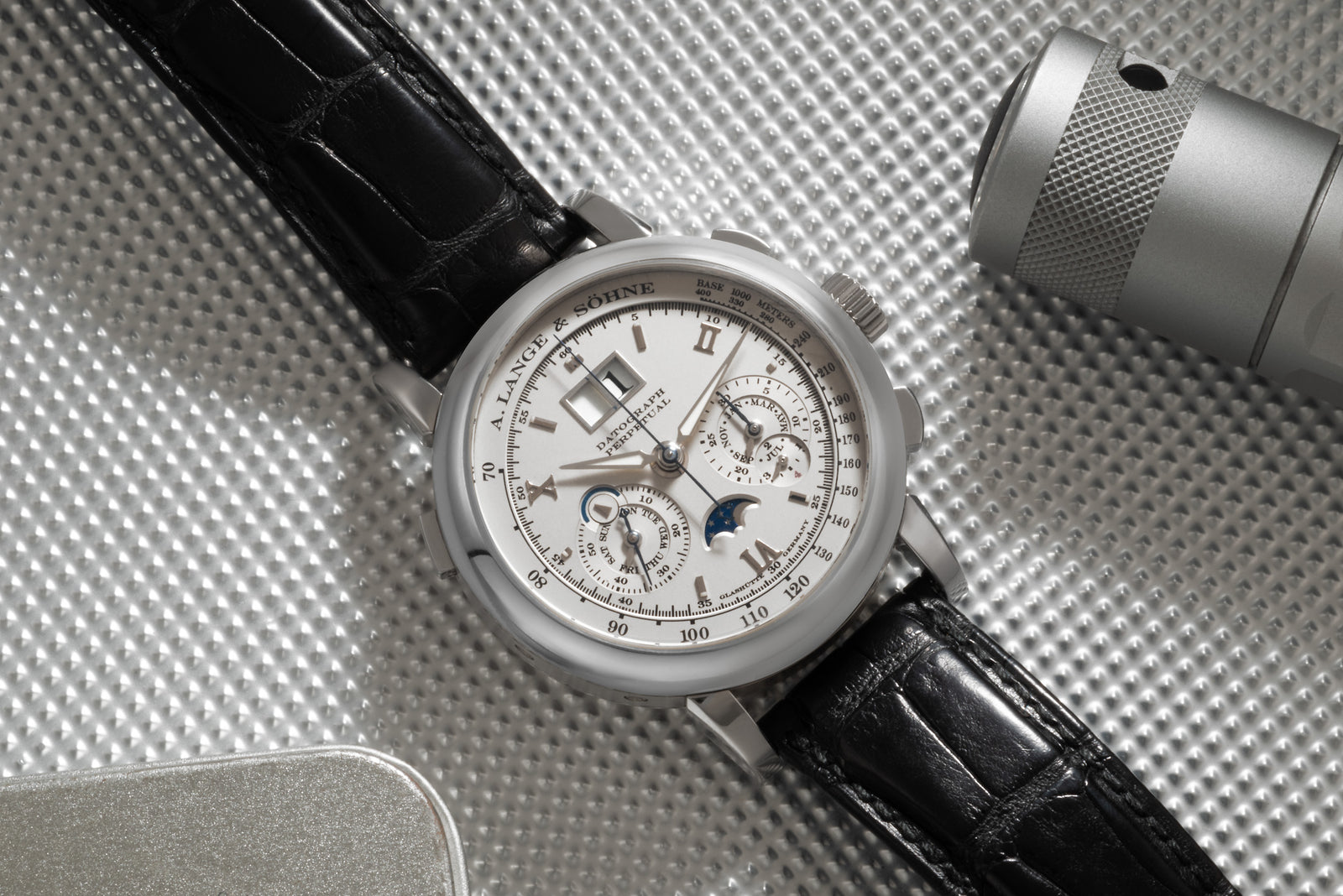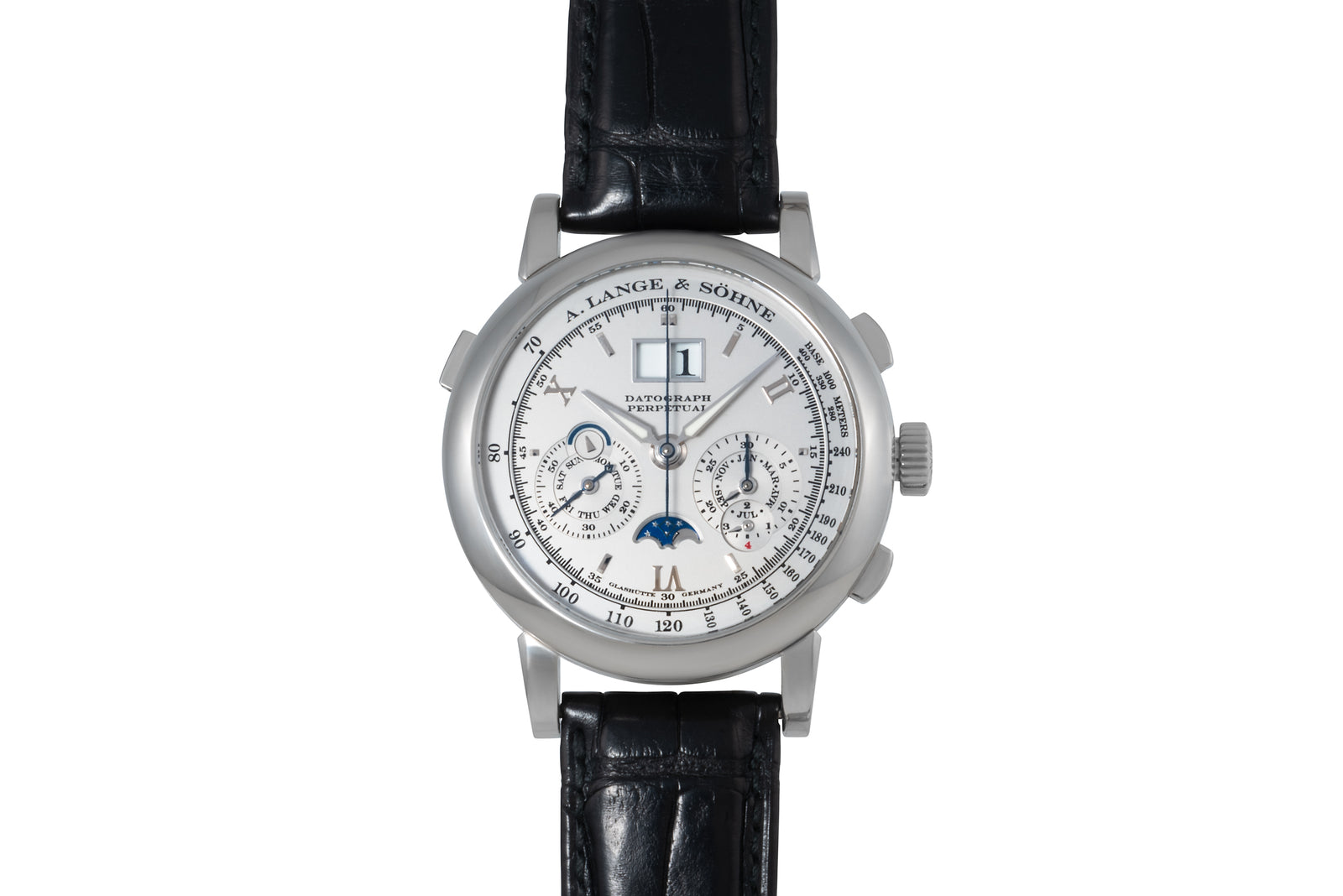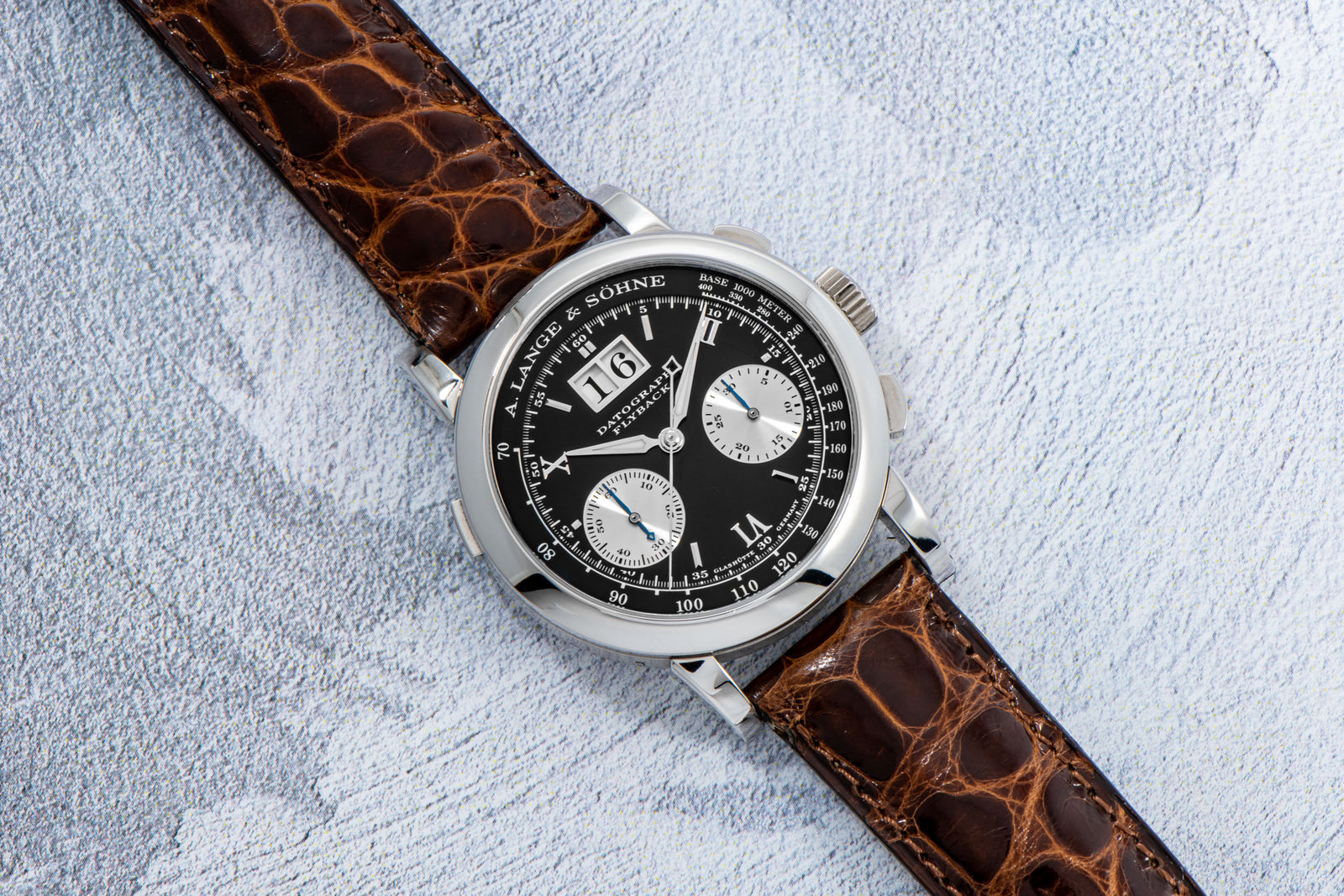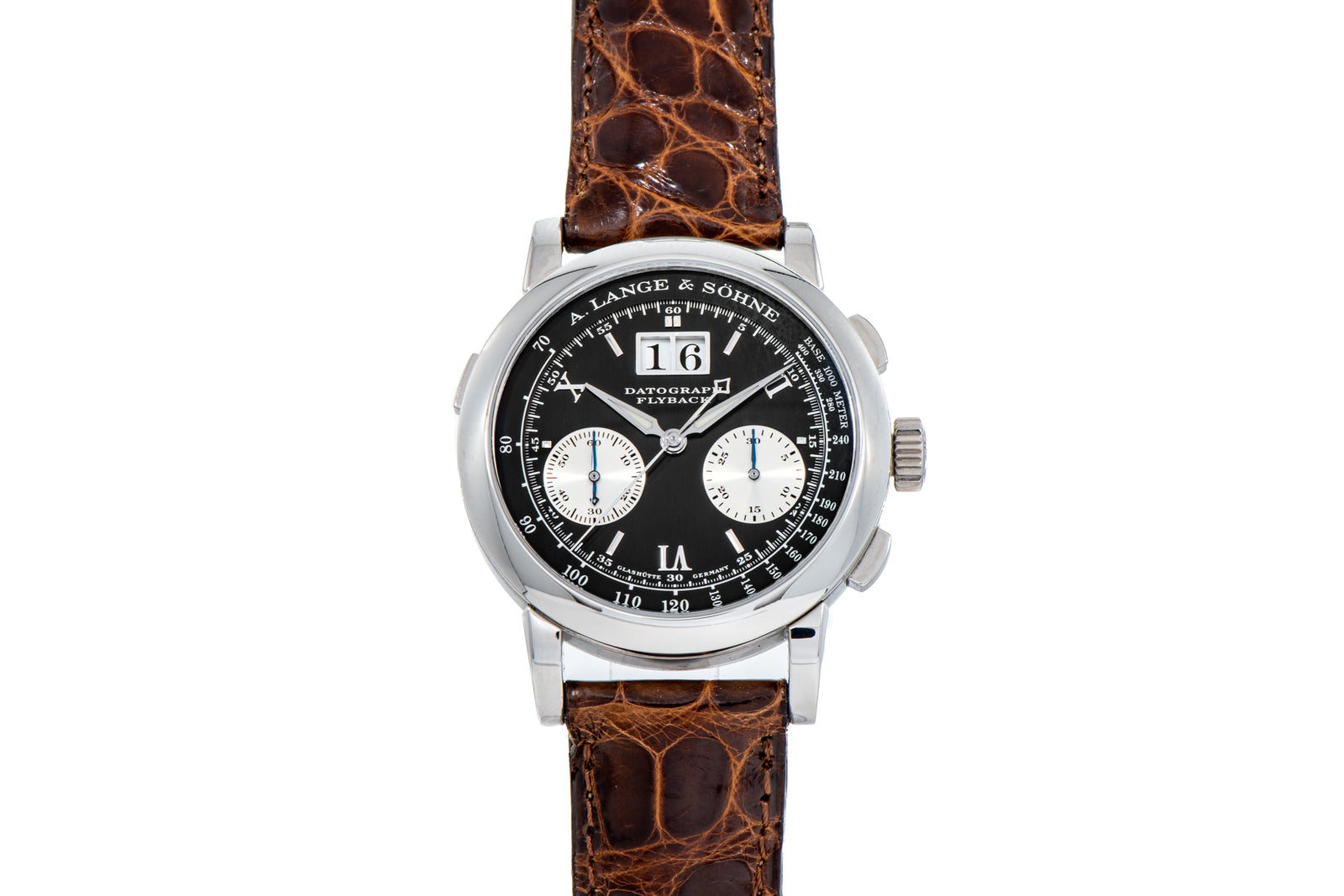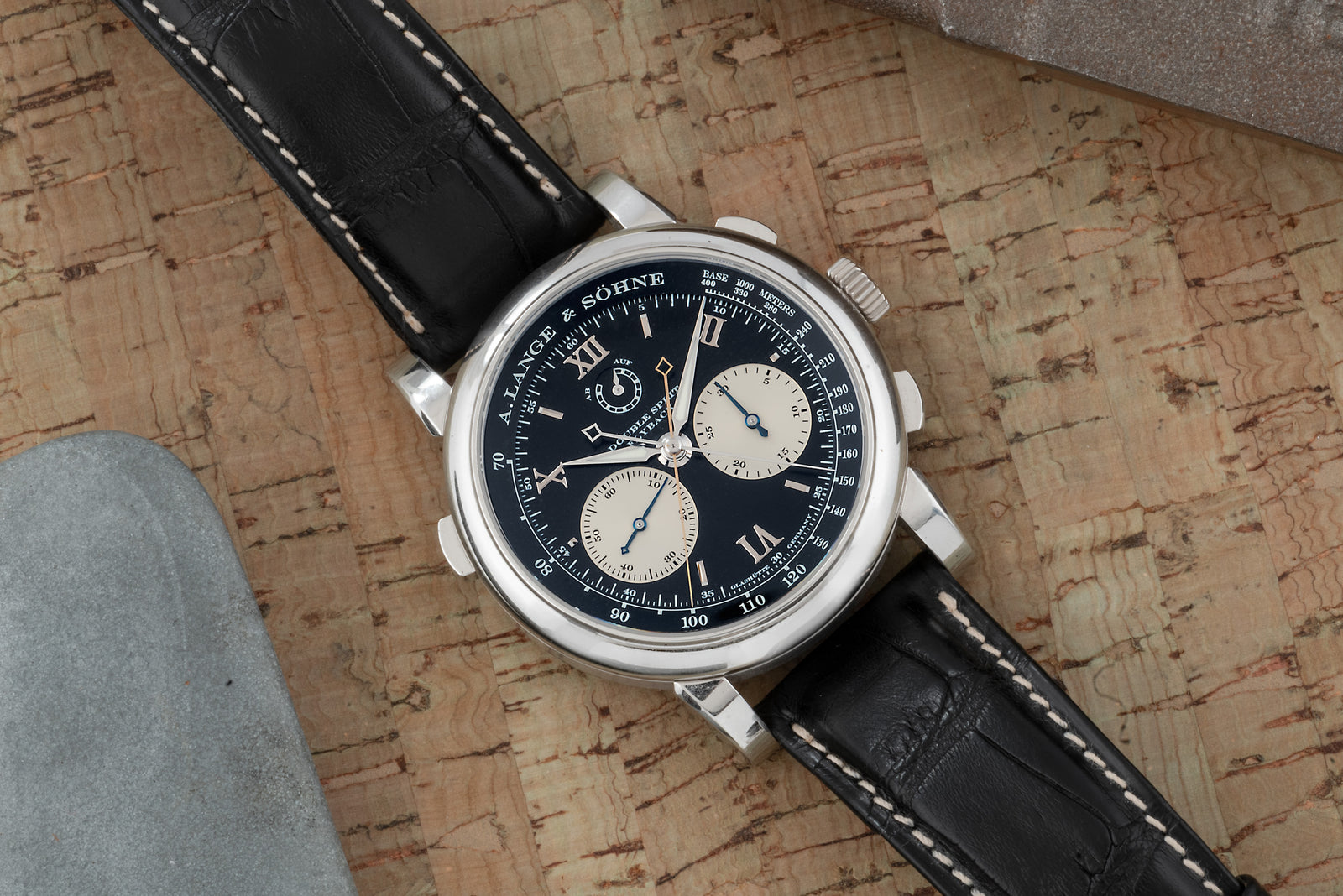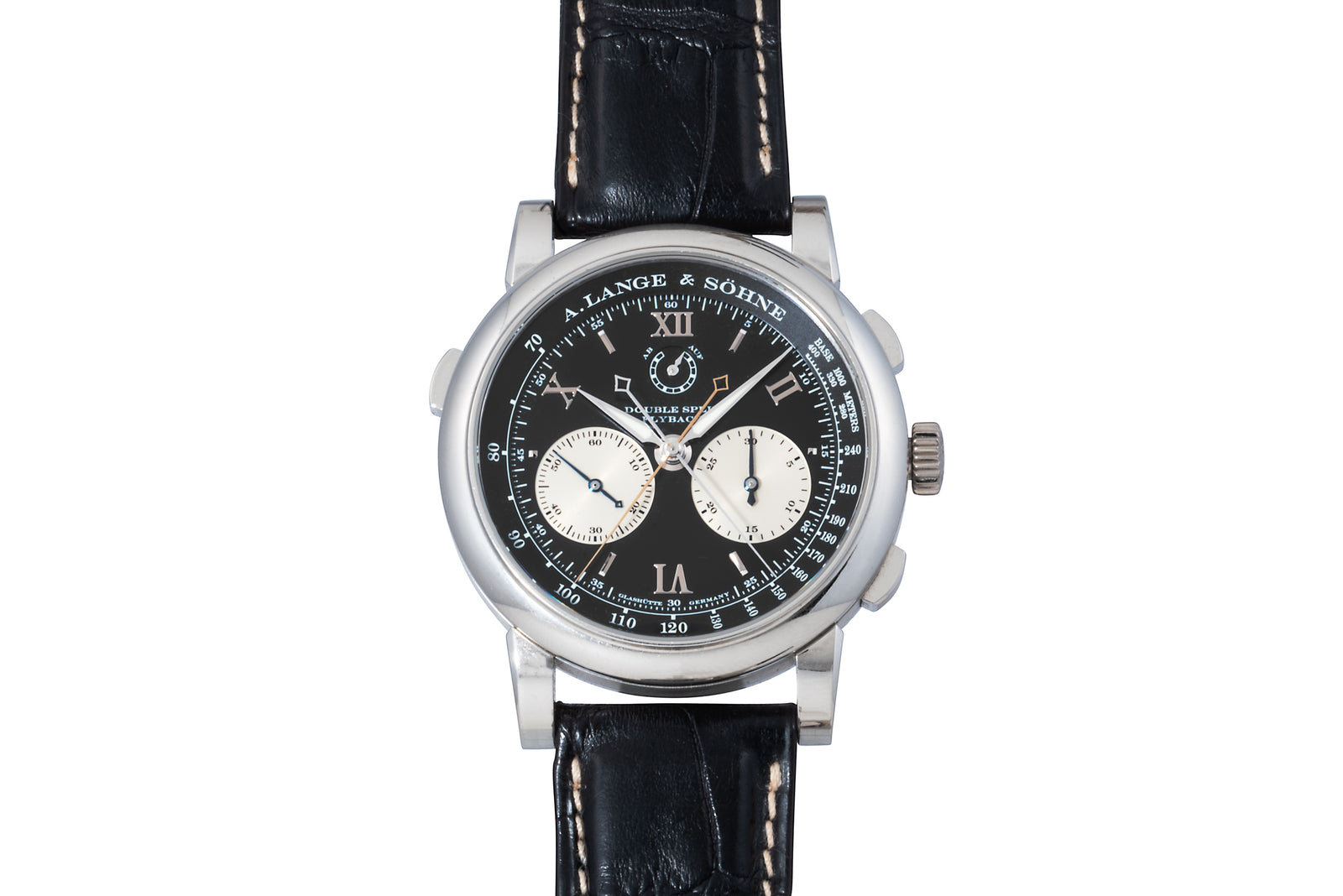Lemania 15TL Chronograph
- Soldspan>
- Sold
Why We Love it
–
Why We Love it
–A rivalry between brothers. A legendary calibre. A lasting legacy.
Lemania is a name that should be familiar to vintage watch collectors, if not for watches released under its own signature, but for its contributions to other brands. Like the Calibre CH27, better-known as the Calibre .321, which would go on to be used in the Omega Speedmaster—the first watch worn on the Moon. But Lemania’s history goes back farther than that, extending all the way to the mid-19th century, when two brothers—Alfred and Henry Alfred Lugrin—were born in the Vallée de Joux.
Henry Alfred, the elder of the two, excelled at anything he put his mind to; like many of his neighbors in the valley, he set his mind to watchmaking. After learning the craft in his teens, he left for the United States. He found himself in Brooklyn, New York, where the census of 1900 had his occupation—as one would expect—as a watchmaker.
In the small, insular Swiss watchmaking community in the States, he became acquainted with another Swiss emigre: Albert Wittnauer. Wittnauer had emigrated to America in the 1870s, as a lad of sixteen with ambitions as wide as the Atlantic. While he originally worked for his brother-in-law Eugene Robert, an importer of fine Swiss timepieces made by Jaeger-LeCoultre and others, in 1885 Wittnauer established his own company at the age of 31.
And when Wittnauer formed his own company, Henry Alfred—who had been foreman at Robert’s shop—went with him. This relationship was more than fruitful, for both parties. While with Wittnauer, Henry Alfred filed over eleven patents for watch calibres, mainly the chronographs and stopwatches that he had made his speciality.
Meanwhile, in Switzerland, the other Lugrin brother was hard at work…
Alfred Lugrin was not a man to be outdone, by his brother or by anyone else. Born with a competitive spirit, Alfred also set forth to succeed, and he chose the same field as his older brother. Like Henry Alfred, he excelled at chronographs, and attracted the attention of Longines, who purchased the license for one of his patents and used it in their own watches.
By 1884 (the year before big brother Henry Alfred and Albert Wittnauer would go into business together), he’d established A. Lugrin S.A. in the village of L’Orient, at the foot of the Lac de Joux.
The name Lugrin became one to revere in Swiss watchmaking circles, and his refined, elegant chronograph designs earned him many awards. The timing could not have been better, nor more crucial, because the watchmaking innovations from America (many of which were the fruits of his brother’s diligence) posed a serious threat to Swiss supremacy. While the Swiss had been doing the same thing for centuries, the Americans adapted the example put forth by Henry Ford and were churning out (well-made and affordable) watches at a rate the Swiss could hardly match.
So in the early 19th century, many Swiss followed the American model and adapted it to their own ends, forming large factories devoted exclusively to the production of watch movements. Lemania, which Alfred Lugrin would form in 1918, was one of those. By the time Alfred retired as managing director in 1920, replaced by his son-in-law Maurius Meylan, Lemania was well-poised to withstand the onslaught of American ingenuity.
Even after the Great Depression shook every pillar of the worldwide economy, Lemania was on the up-and-up. Omega and Tissot, forced to band together or else risk complete collapse, formed SSIH in 1930. Two years later, the group would purchase Lemania, and it was under this banner that Lemania’s greatest achievement would be made.
We mean, of course, the creation of the CH27, which Buzz Aldrin would bear all the way to the Moon, a half-century after Alfred Lugrin formed Lemania.
The movement found in this watch is, in essence, the ancestor of that legendary calibre. Derived from a pocket watch movement, the Calibre 15TL was created in the 1930s. At 33mm, the Calibre 15TL is large, serviceable but elegant. Under the expert pen of Albert Piguet, Lemania’s star designer in the 1930s-1940s, it would form the basis of the CH27.
While it was also used in military-issued chronographs, the example that we found here is a civilian version. The movement is housed in sturdy, thick 37mm steel case with sharply-angled lugs, and a gorgeous dial—grey with an outer tachymeter track in salmon. Aside from its legendary movement, it captures all the spirit of the Lugrin brothers in a package that’s pleasing to the eye.
A:S Guarantee
+
A:S Guarantee
+Our Pledge
Analog:Shift stands behind the authenticity of our products in perpetuity.
Condition
Since our pieces are vintage or pre-owned, please expect wear & patina from usage and age. Please read each item description and examine all product images.
Warranty
We back each Analog:Shift vintage timepiece with a two-year mechanical warranty from the date of purchase.
International Buyers
Please contact us prior to purchase for additional details on shipping and payment options.
Shipping & Returns
+
Shipping & Returns
+All of our watches include complementary insured shipping within the 50 states.
Most of our products are on hand and will ship directly from our headquarters in New York City. In some cases, watches will be shipped directly from one of our authorized partners.
We generally ship our products via FedEx, fully insured, within 5 business days of purchase. An adult signature is required for receipt of all packages for insurance purposes. Expedited shipping is available at an additional cost. We are also happy to hand deliver your purchase in Manhattan or you may pick it up at our showroom.
Returns must be sent overnight or by priority international delivery, fully insured and paid for by the customer. A restocking fee may apply. Watches must be returned in the same condition as initially shipped.
We welcome international buyers, please contact us prior to purchase for additional details on shipping and payment options.
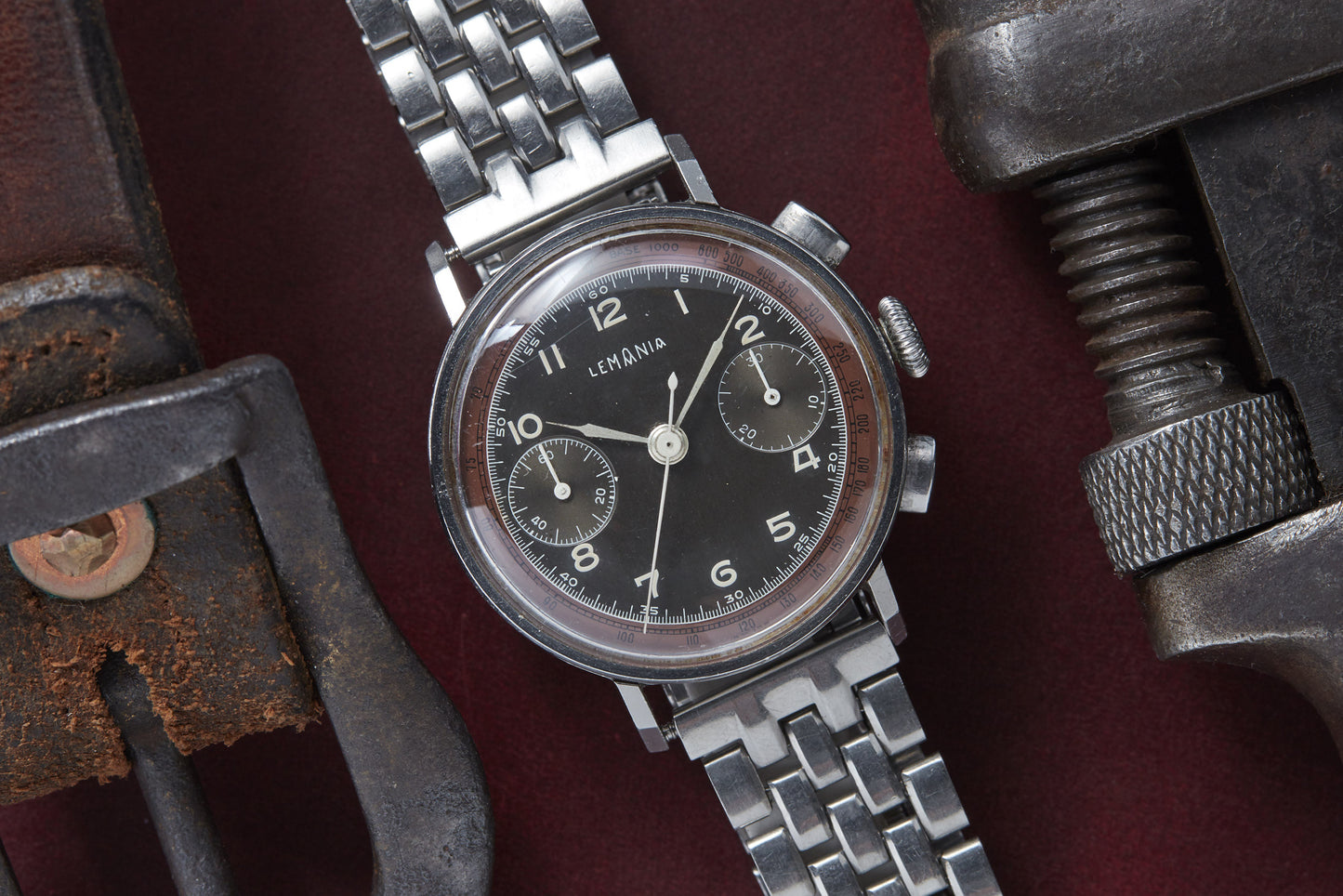
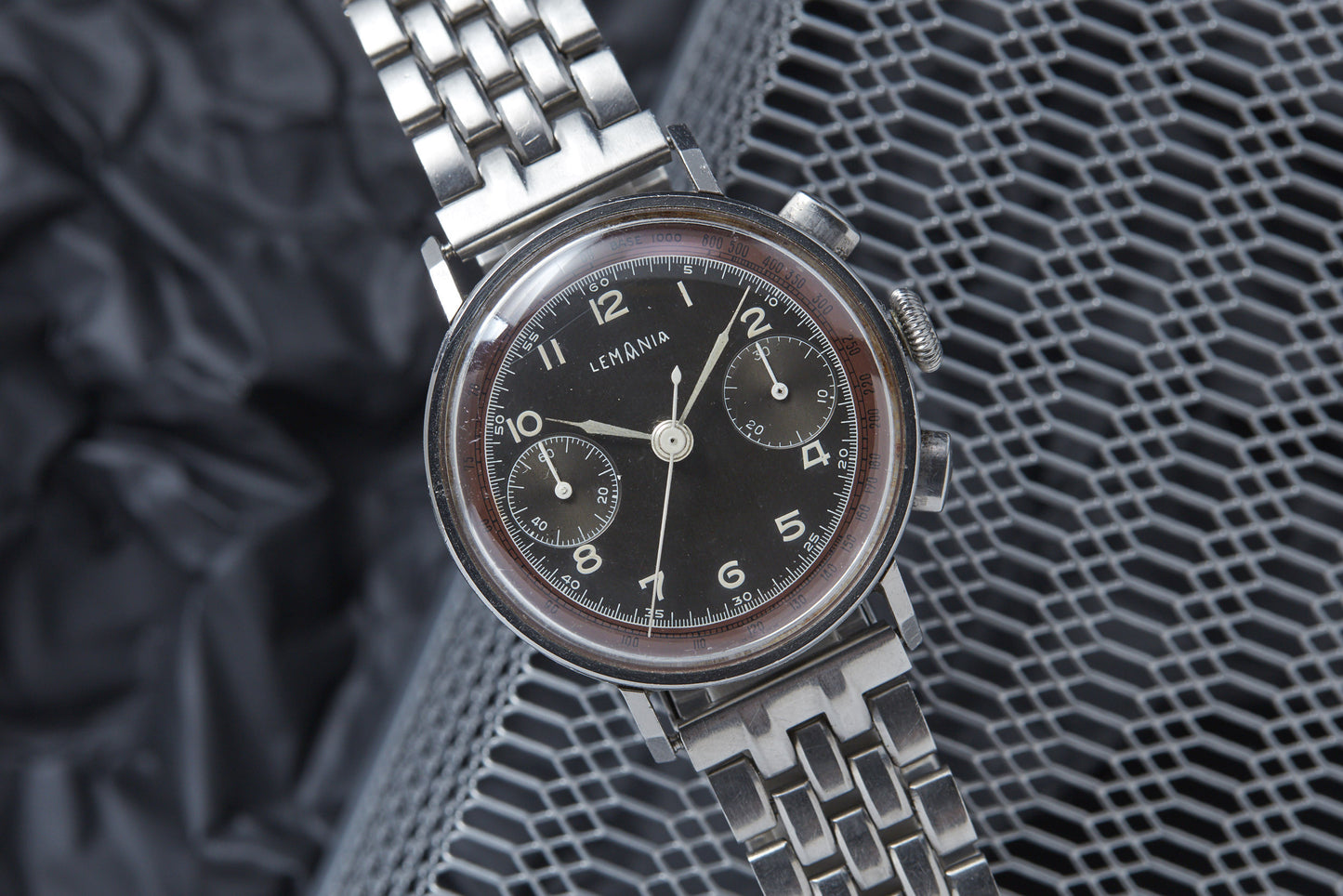
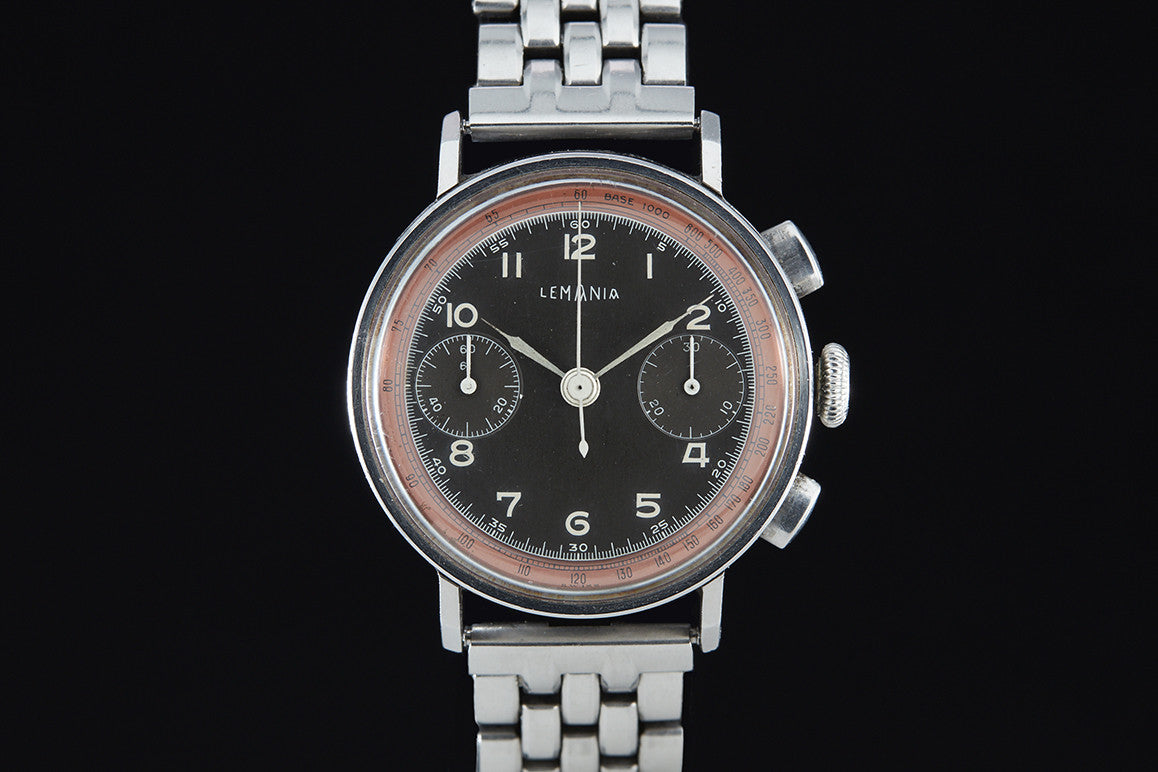
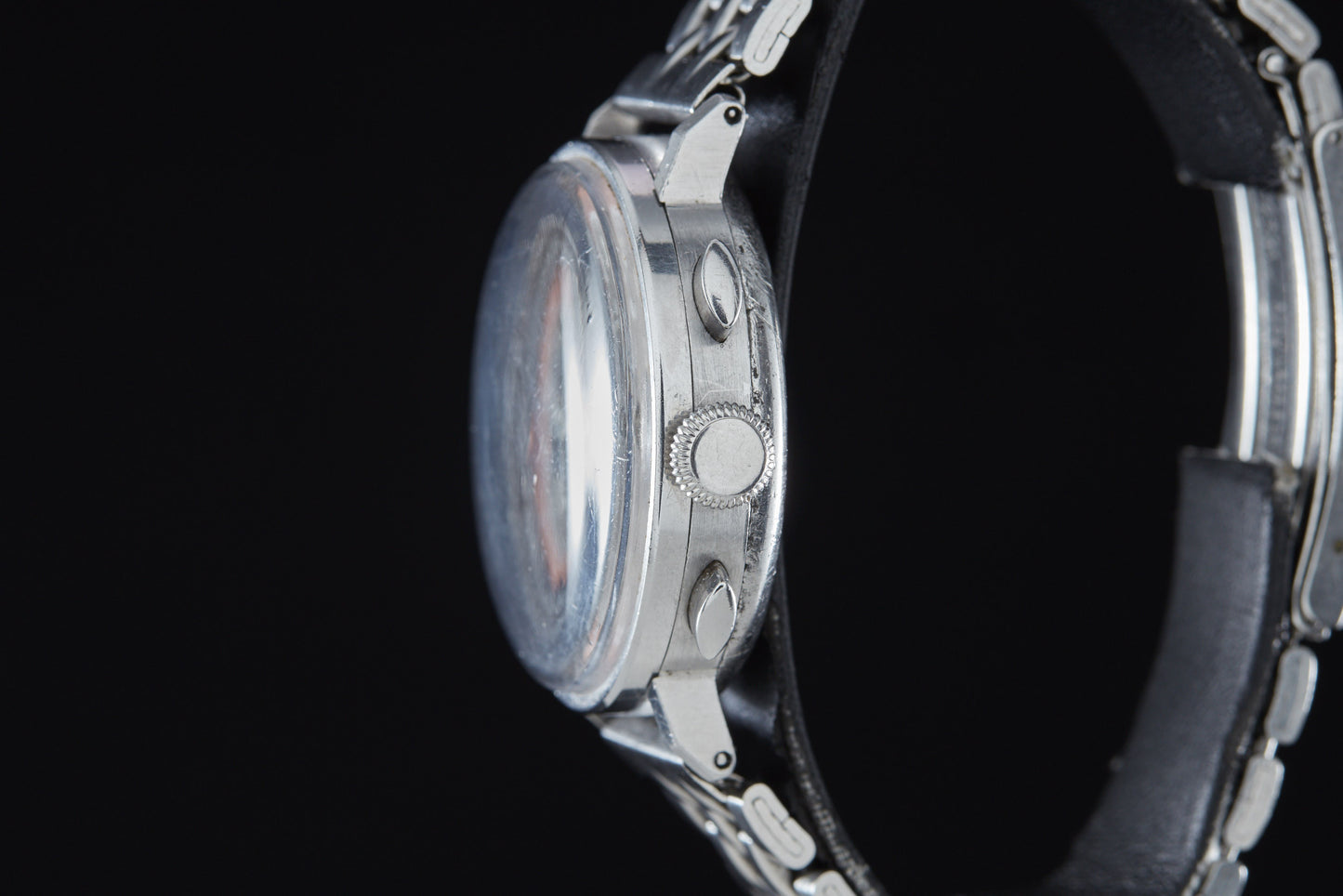
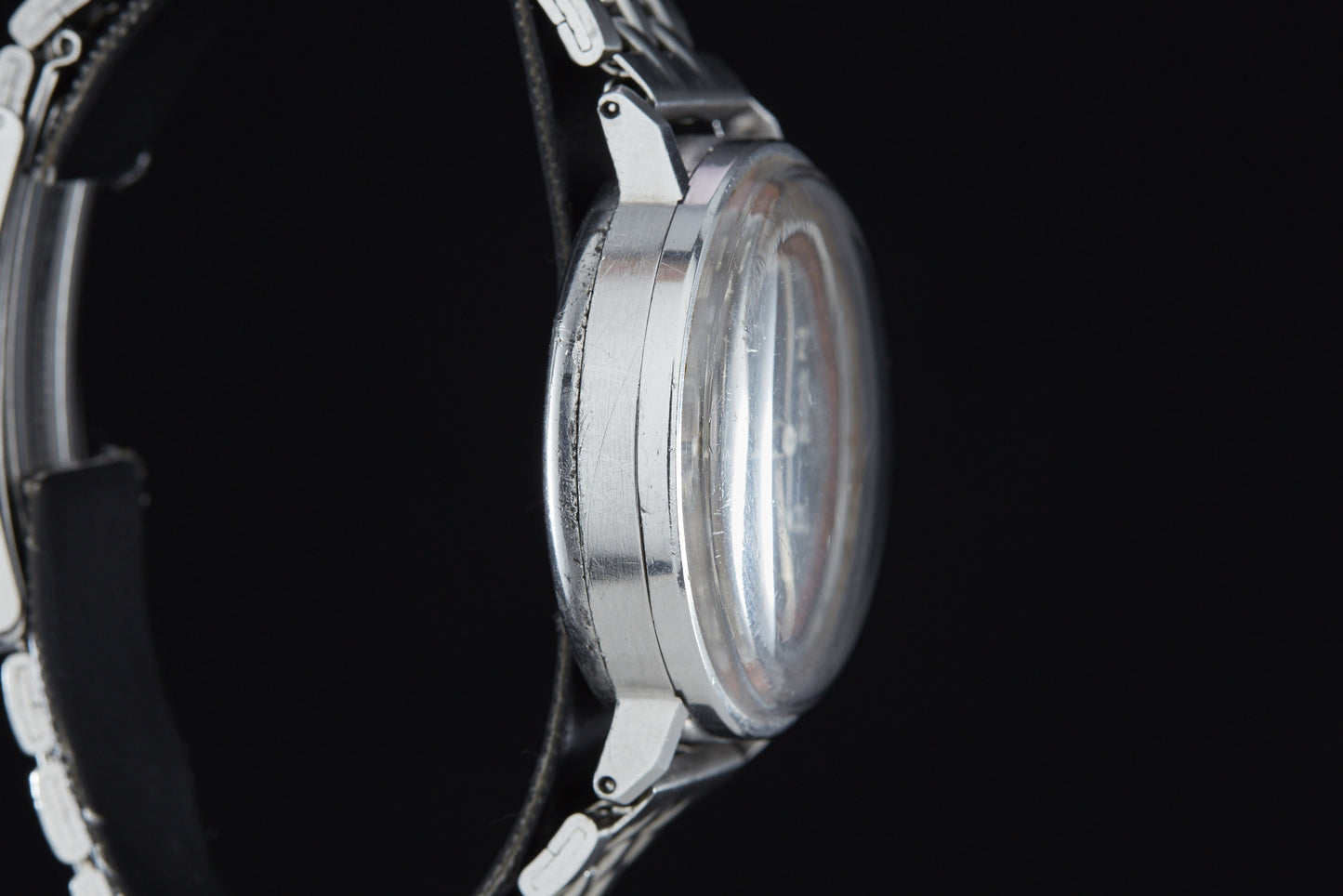
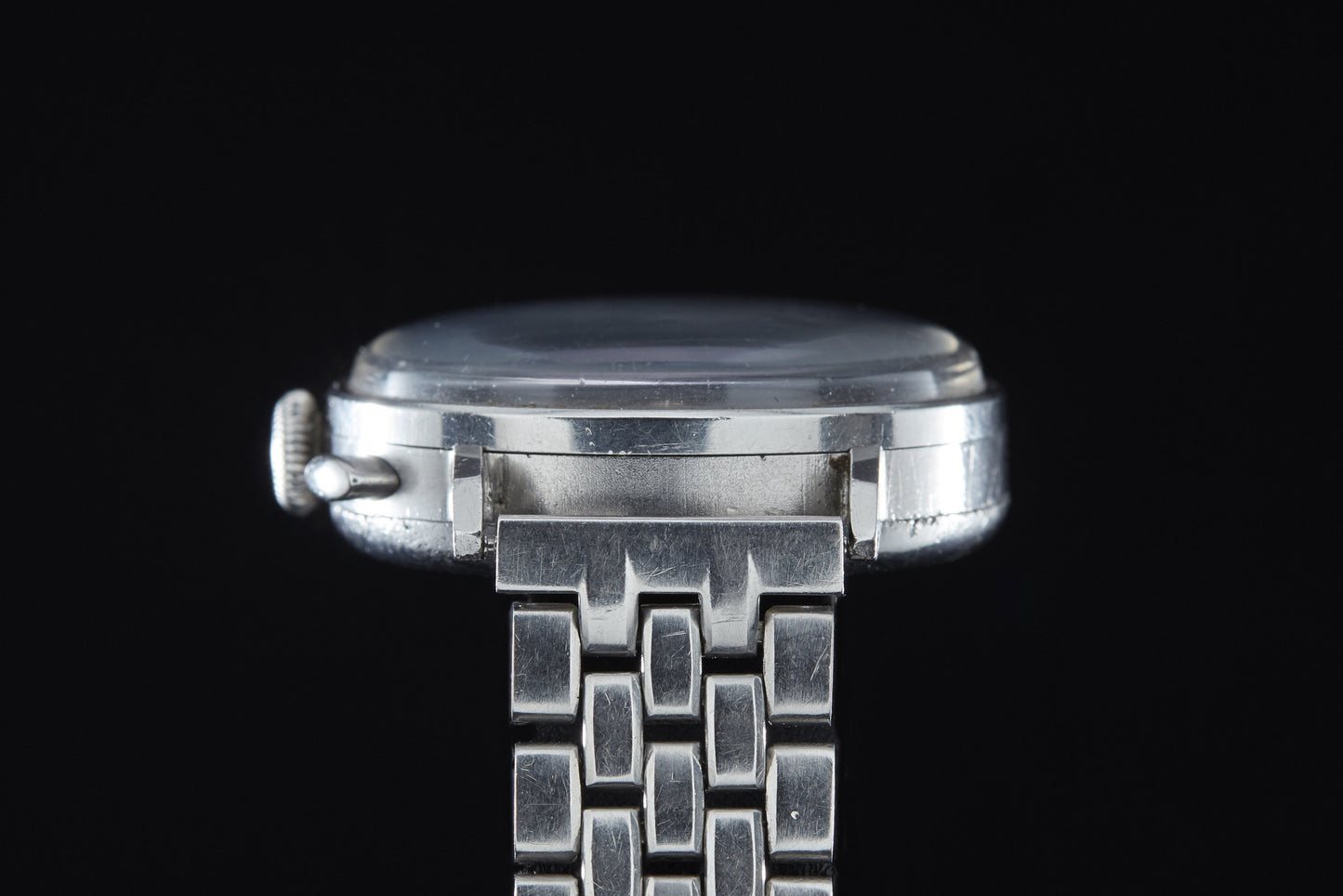
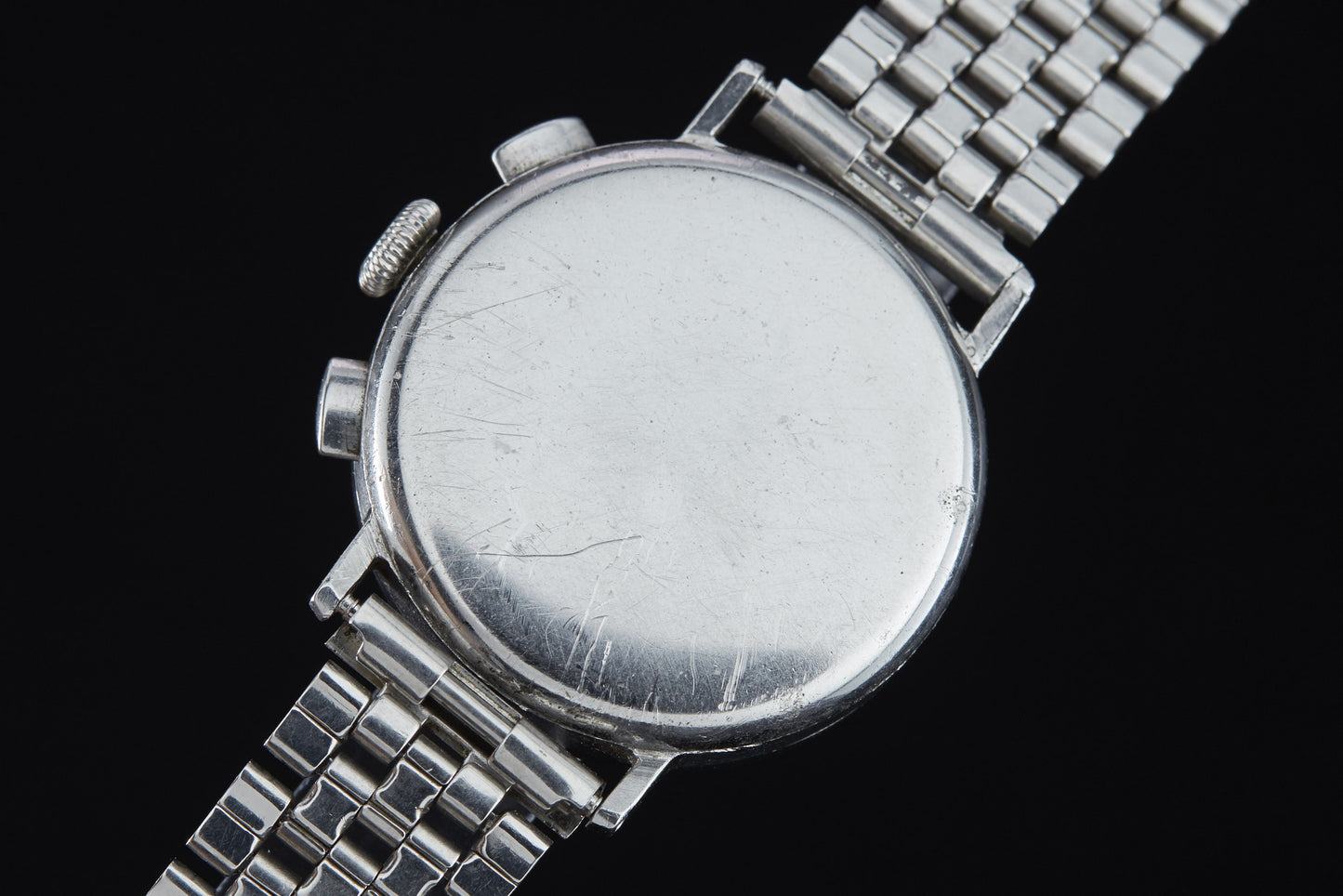
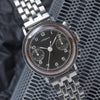
Lemania 15TL Chronograph
- Soldspan>
- Sold
